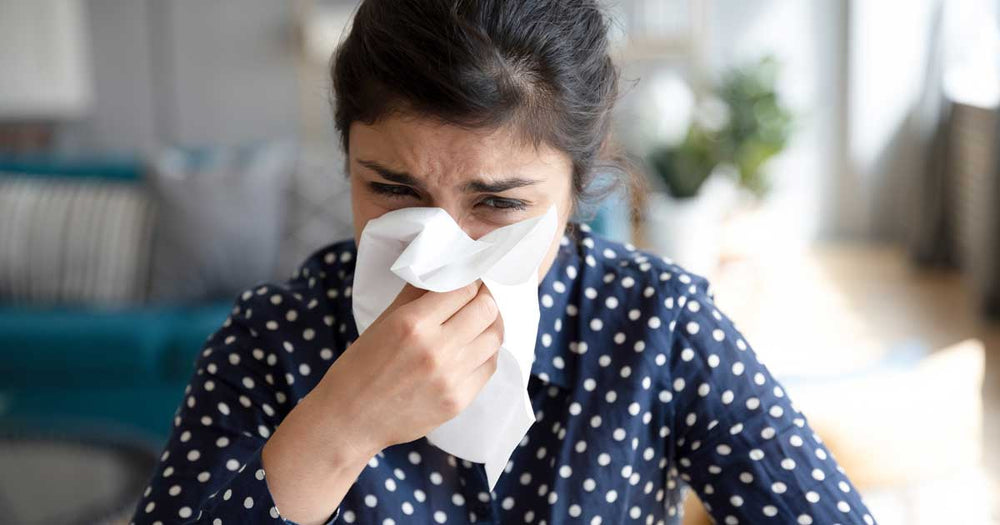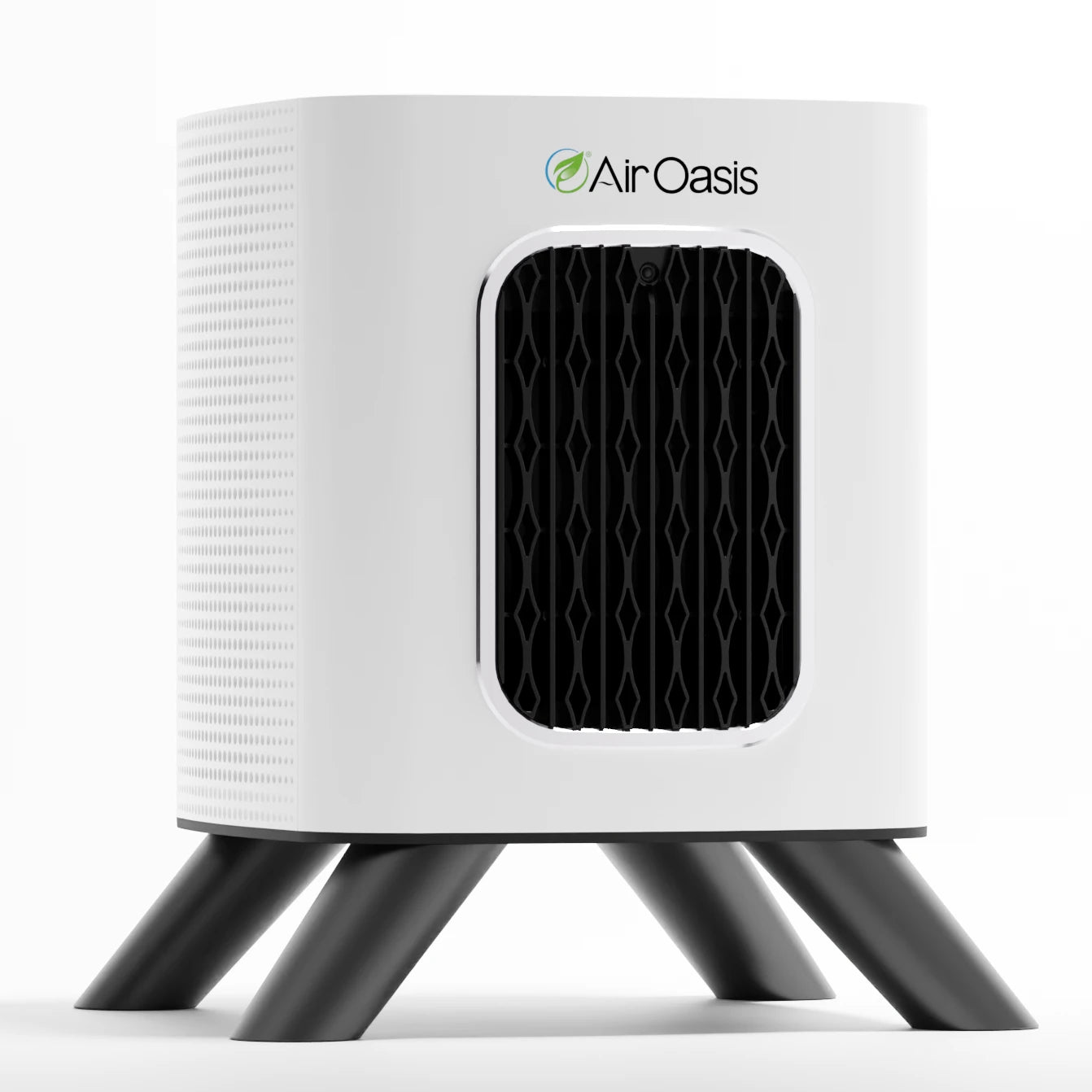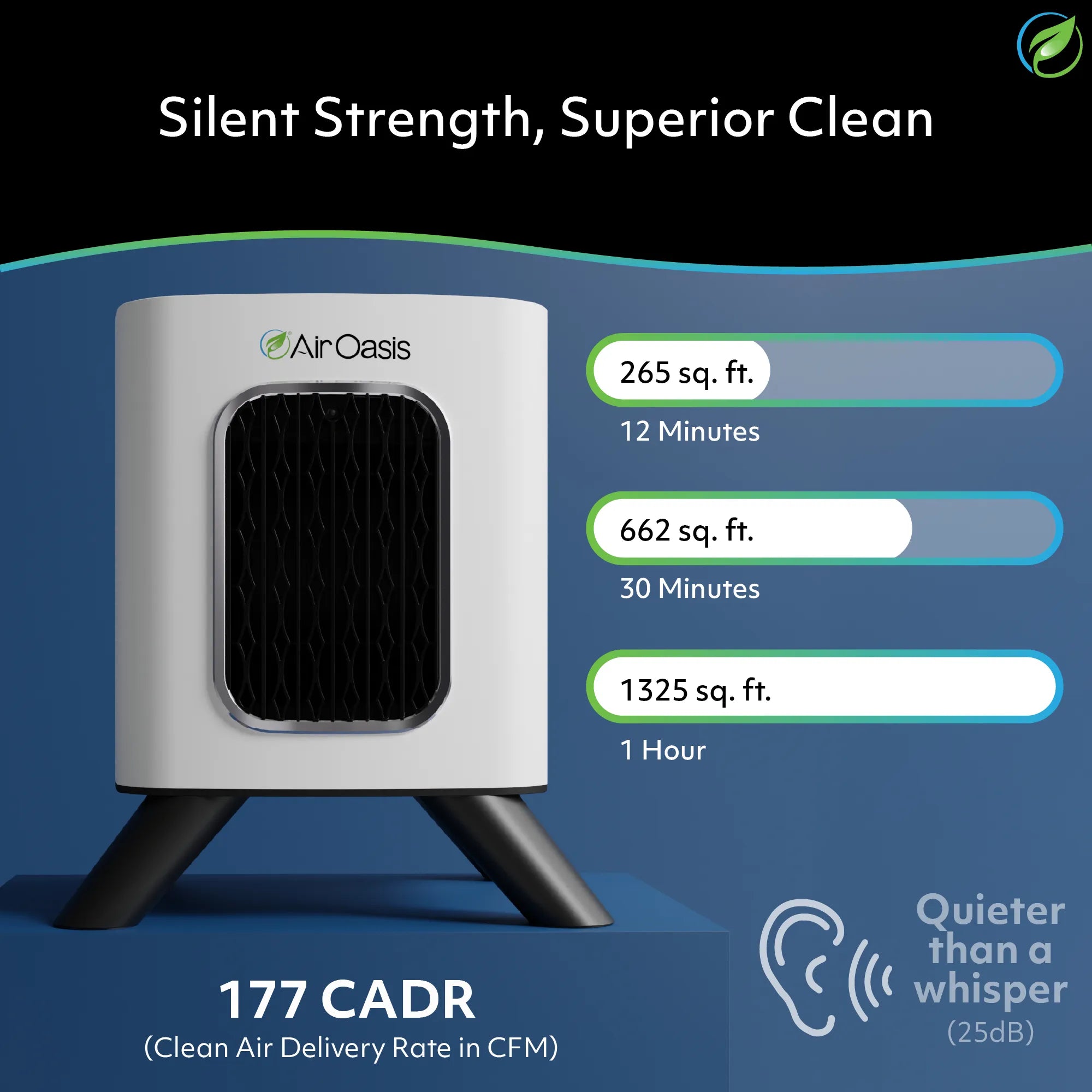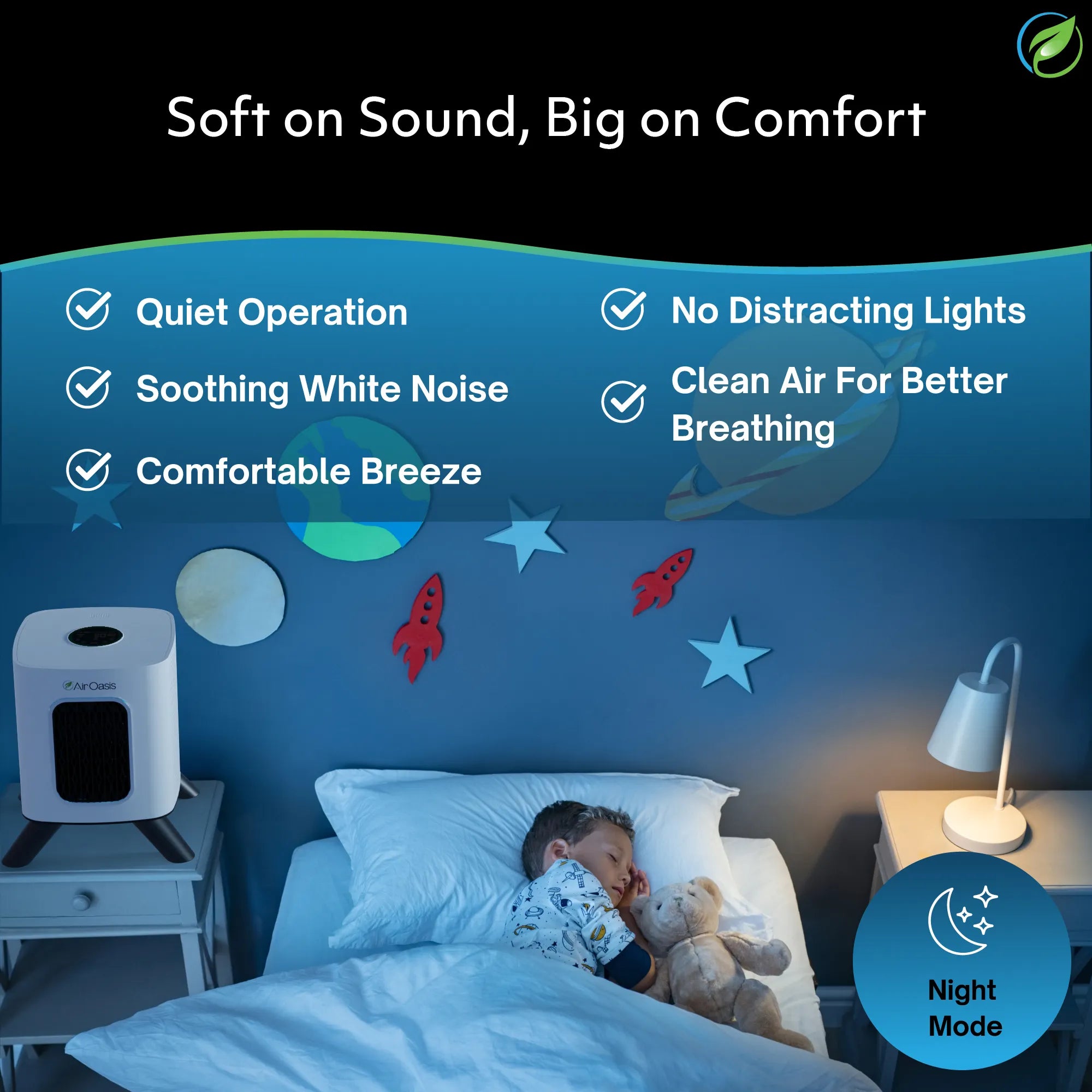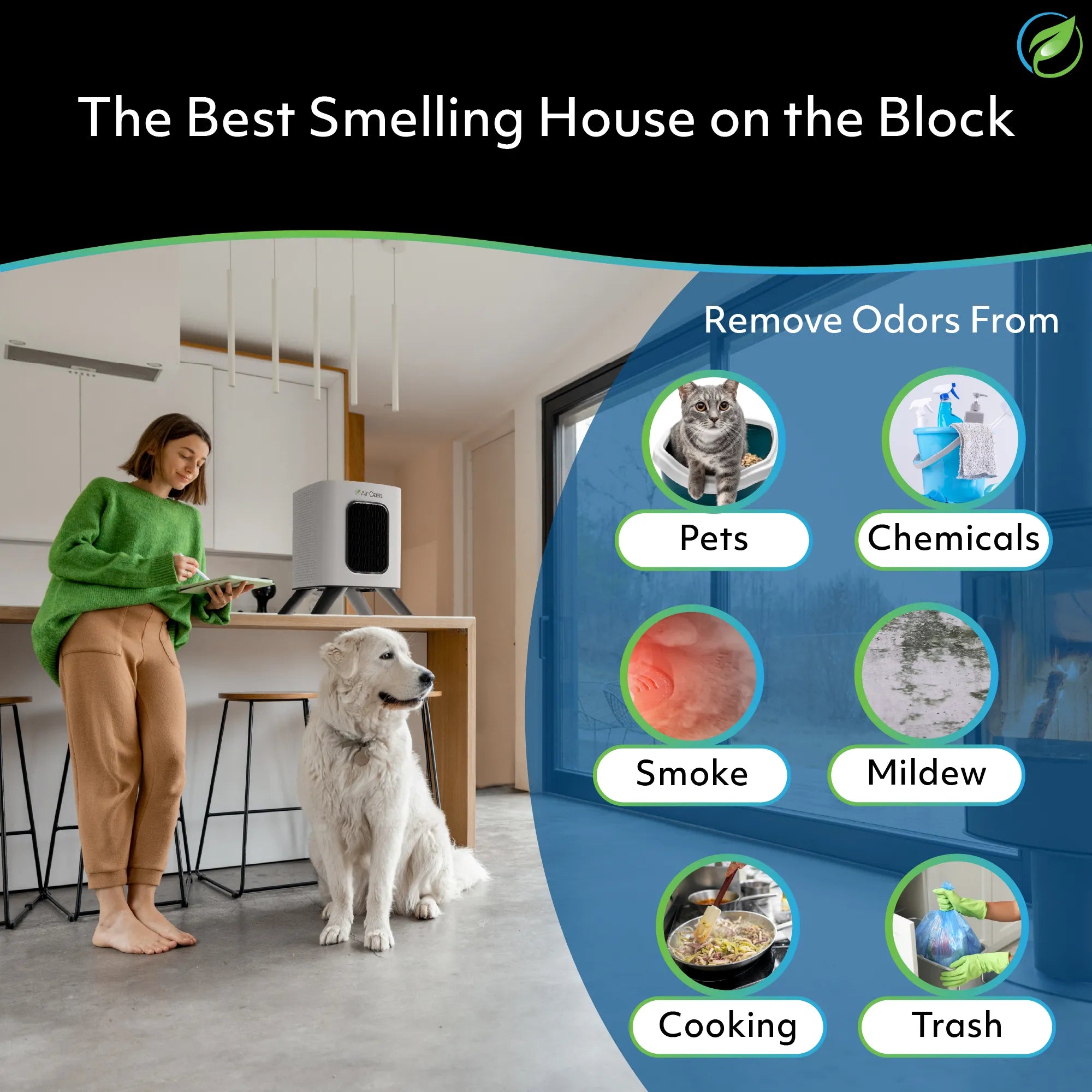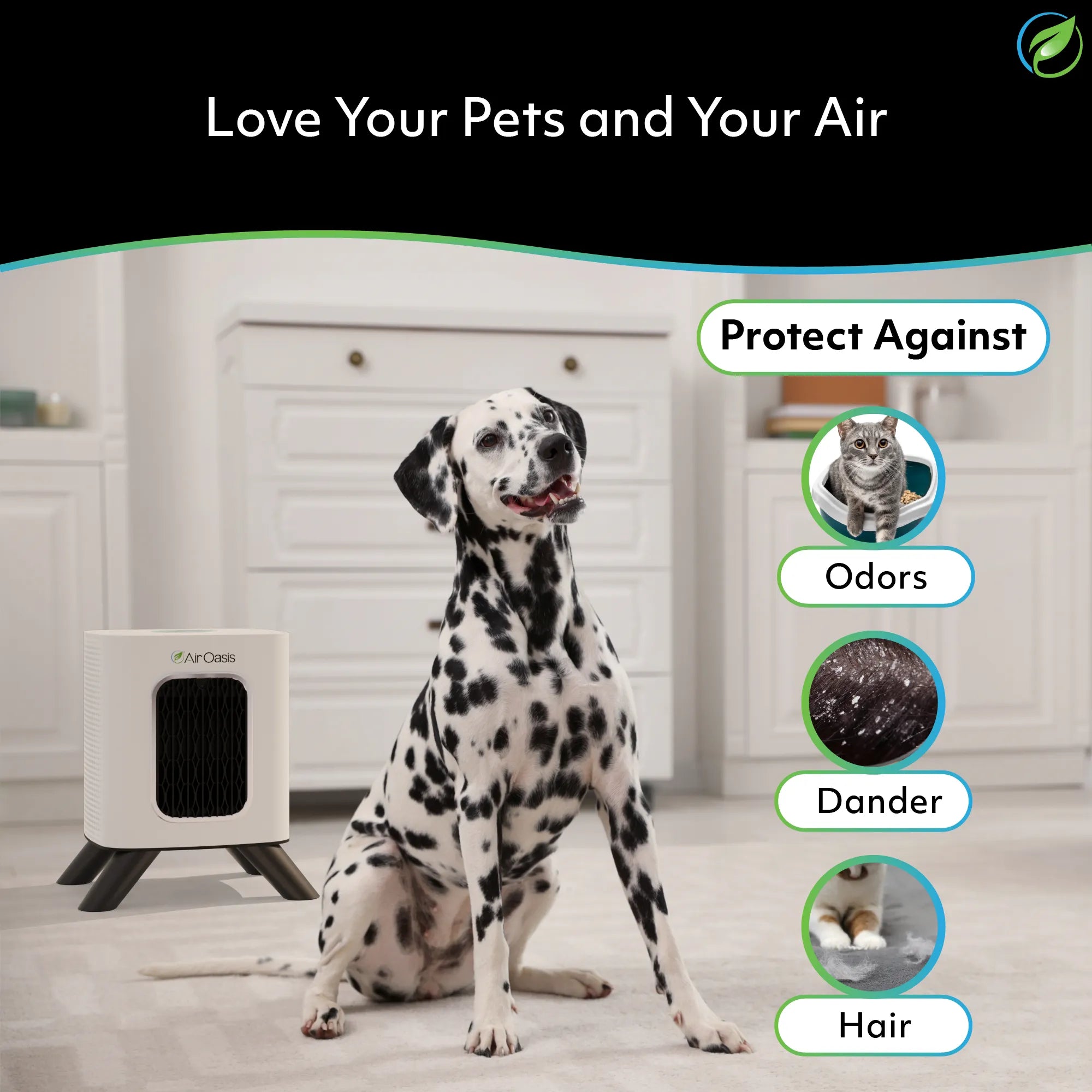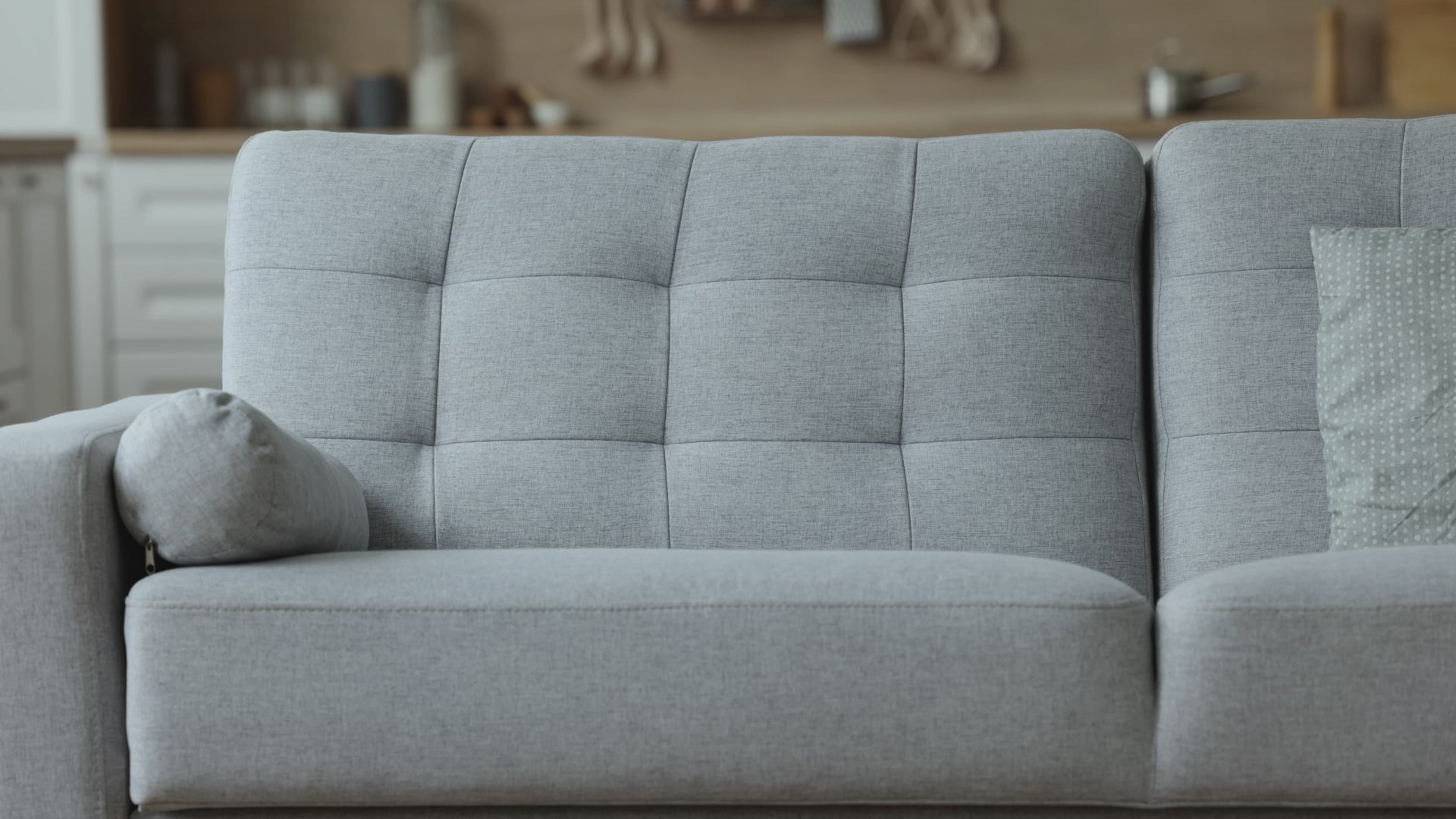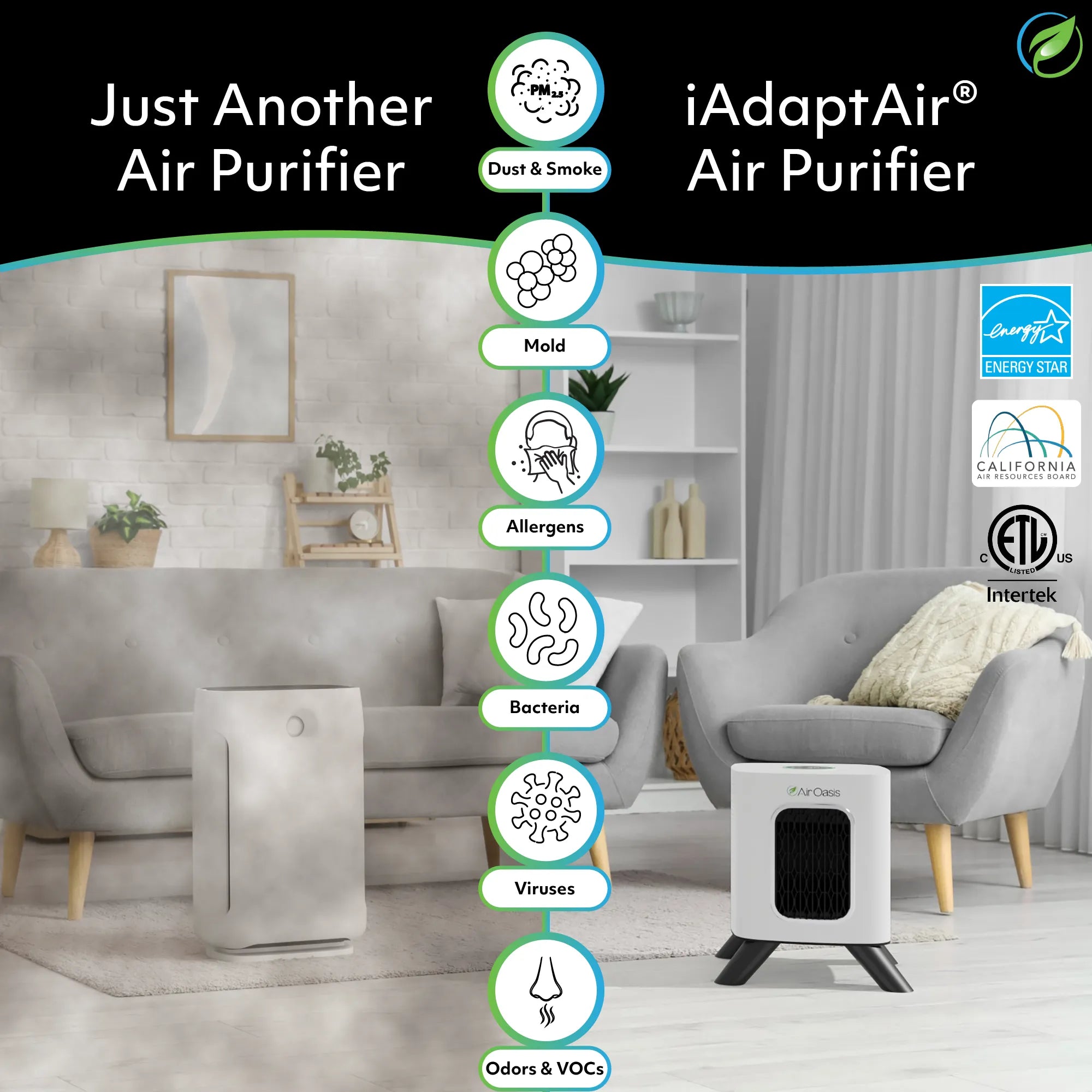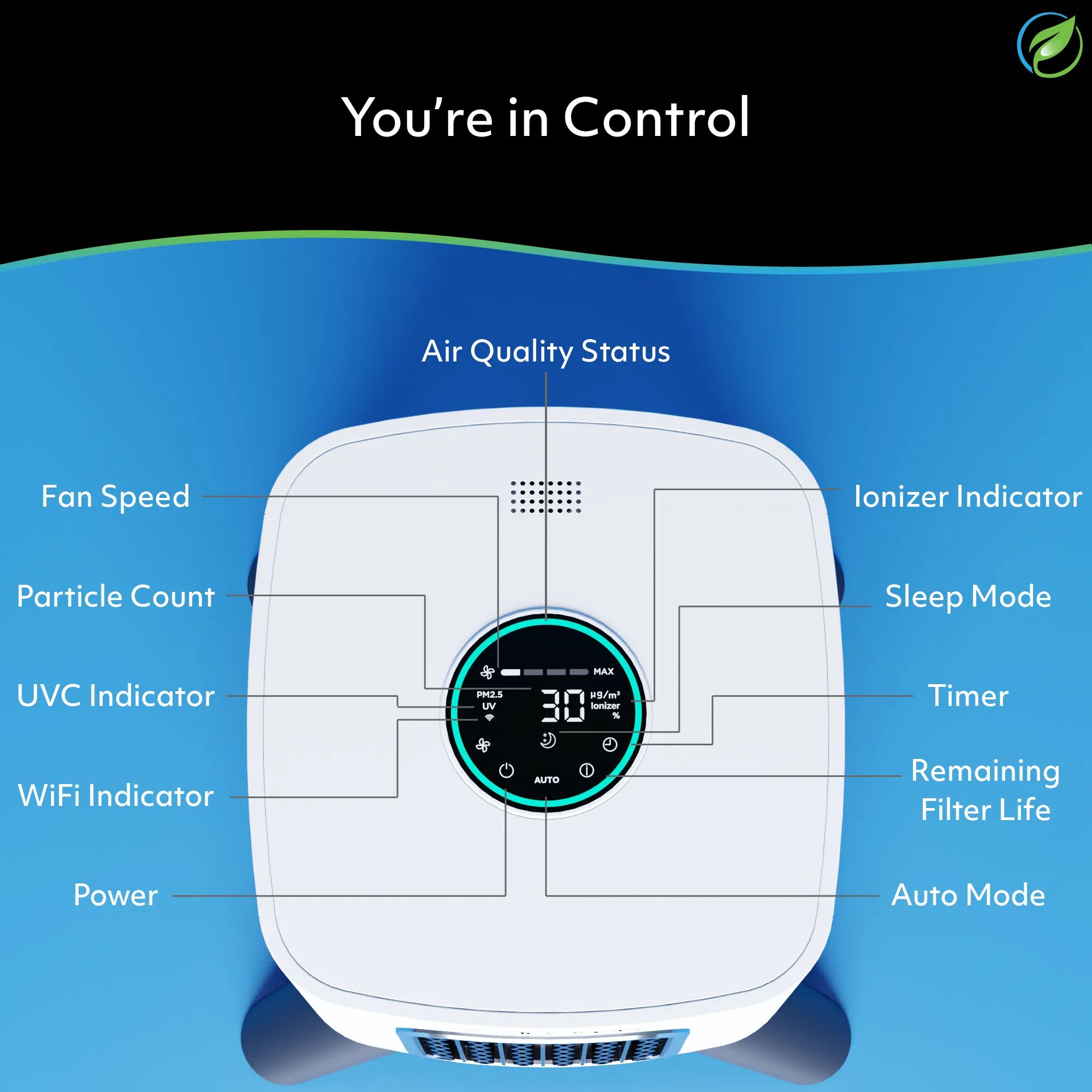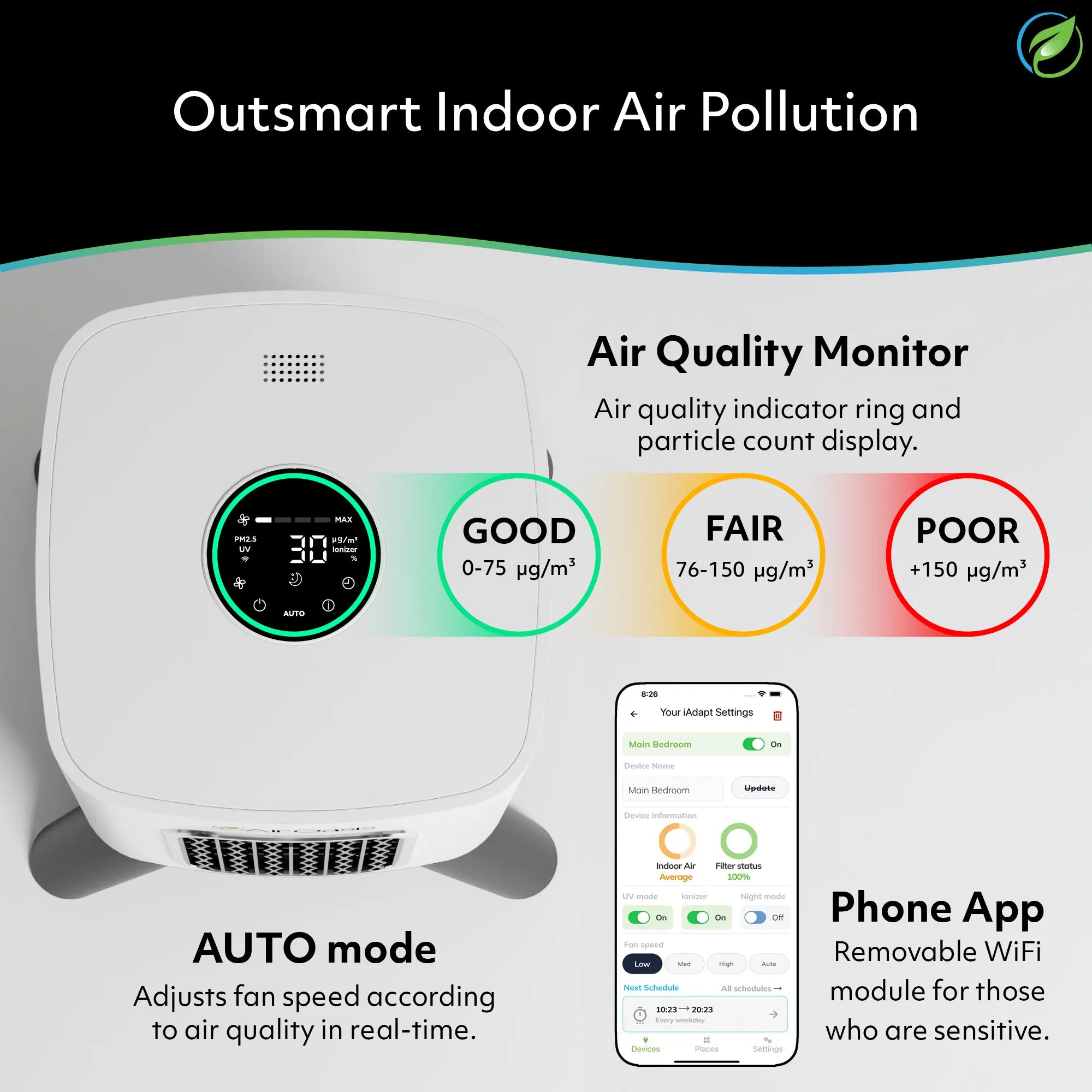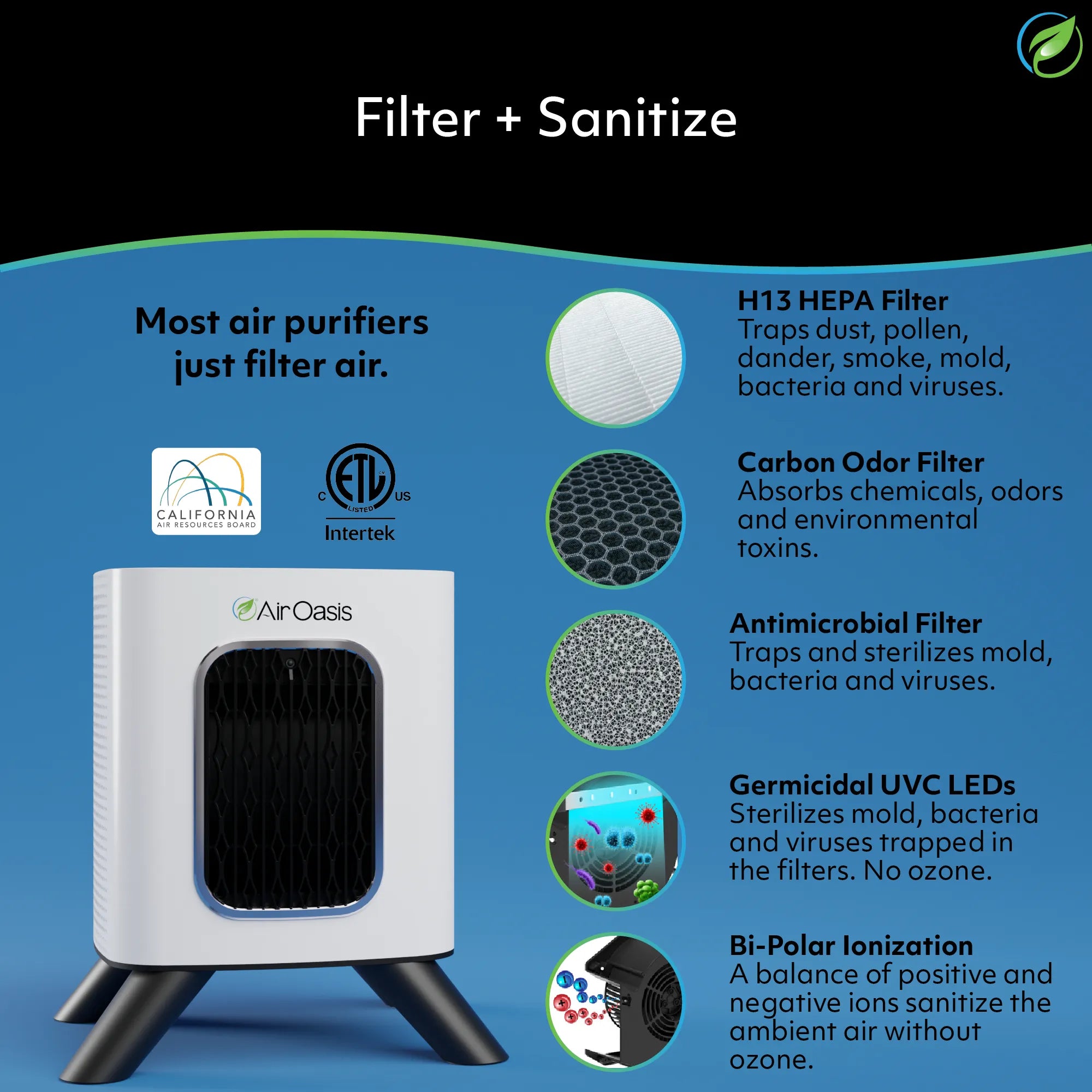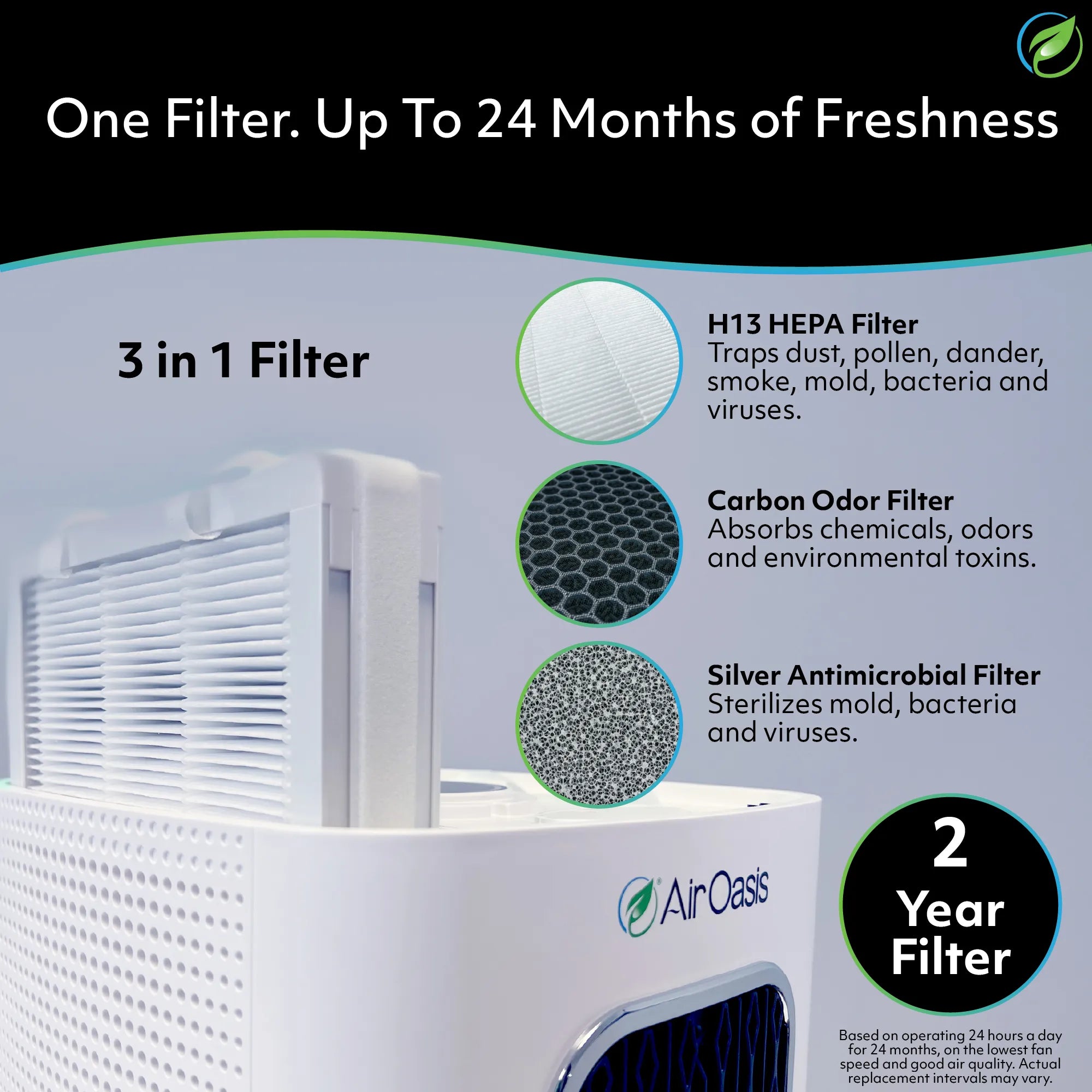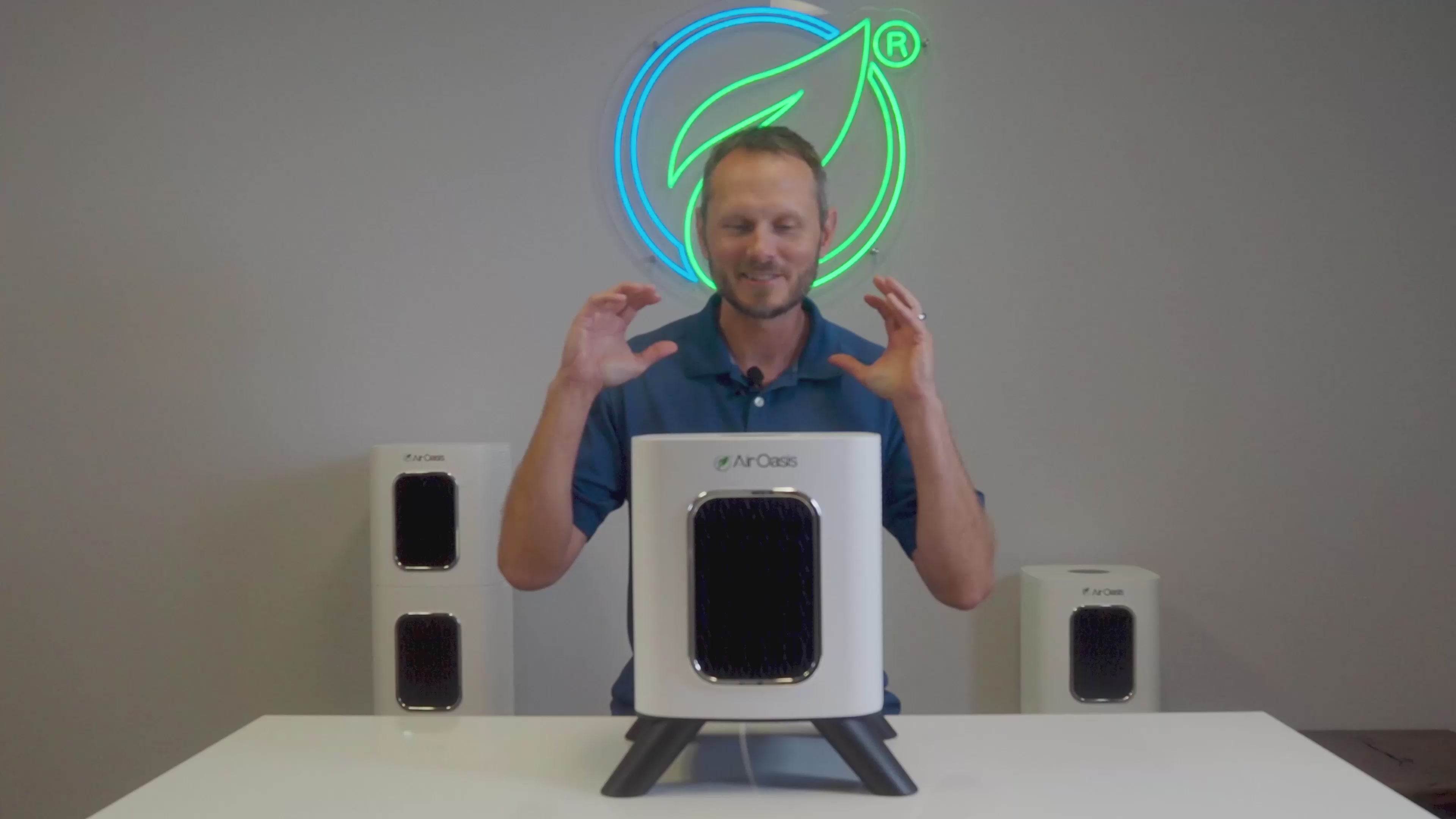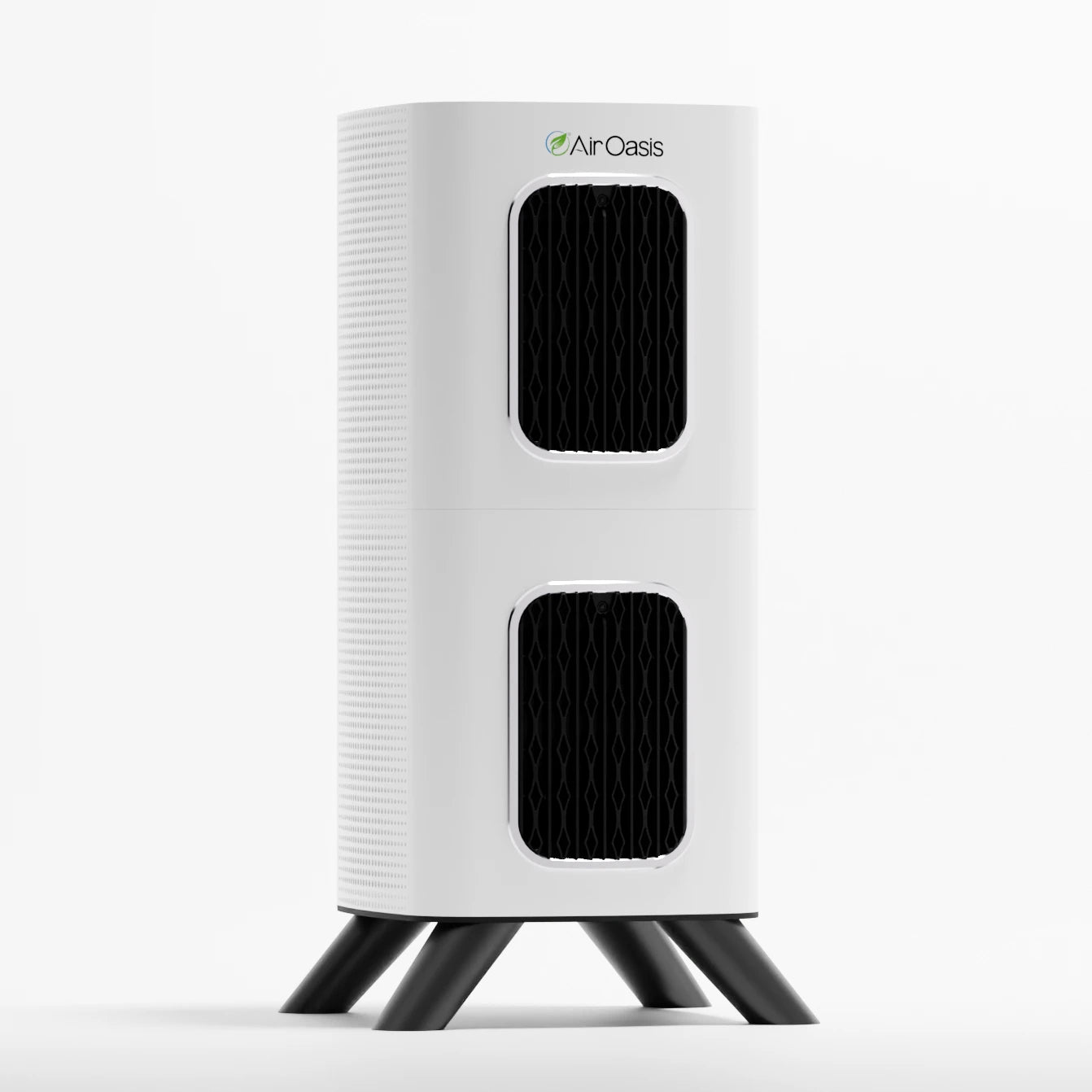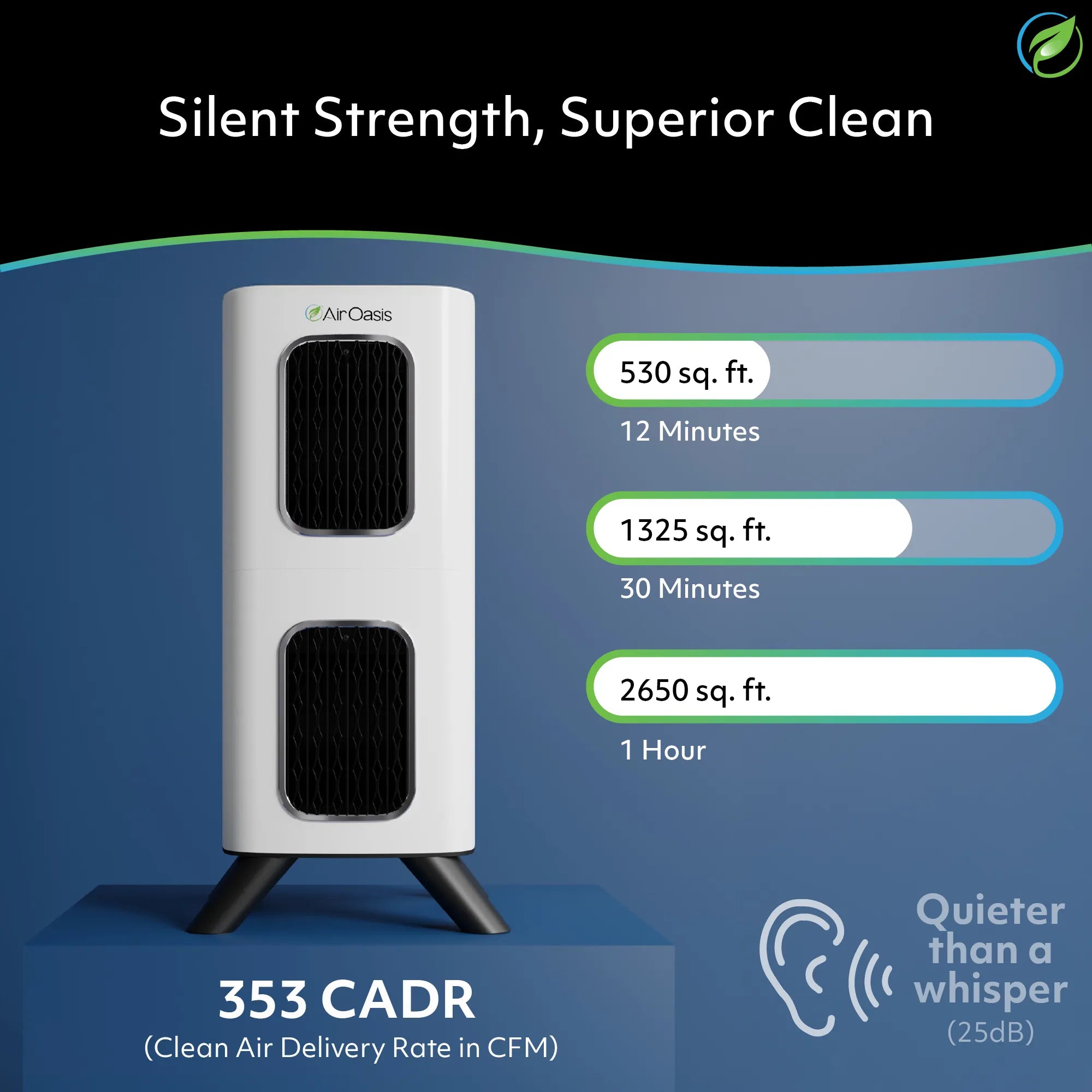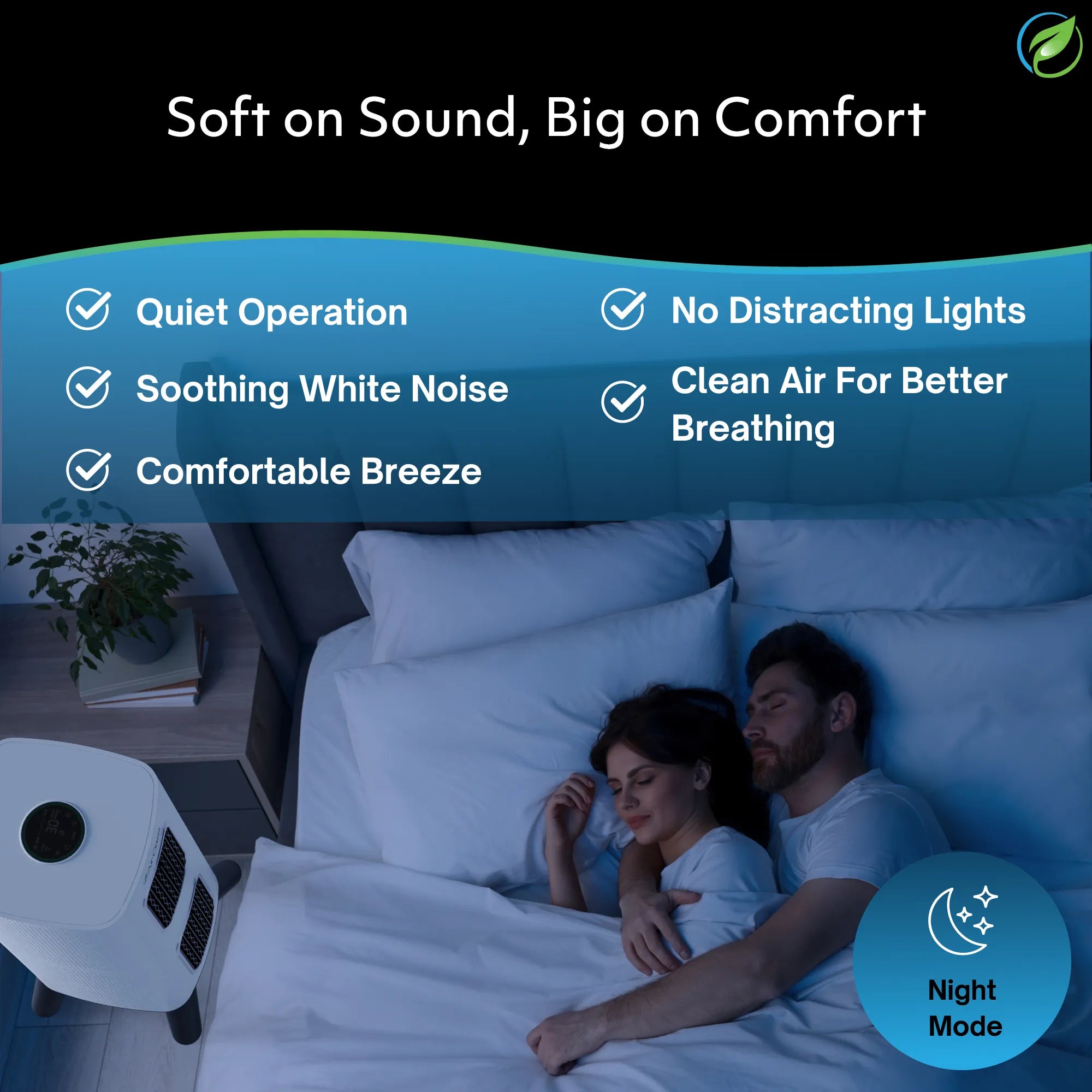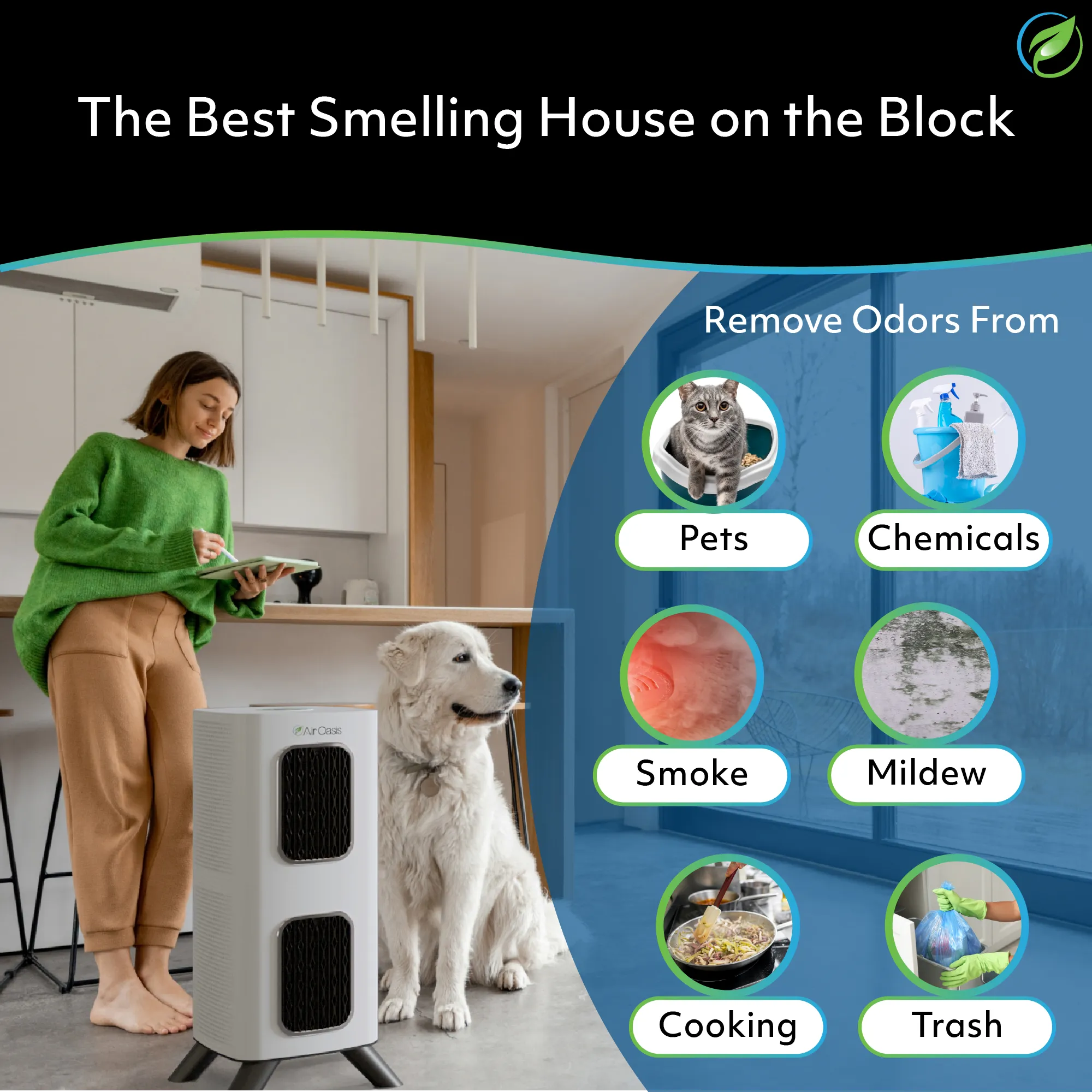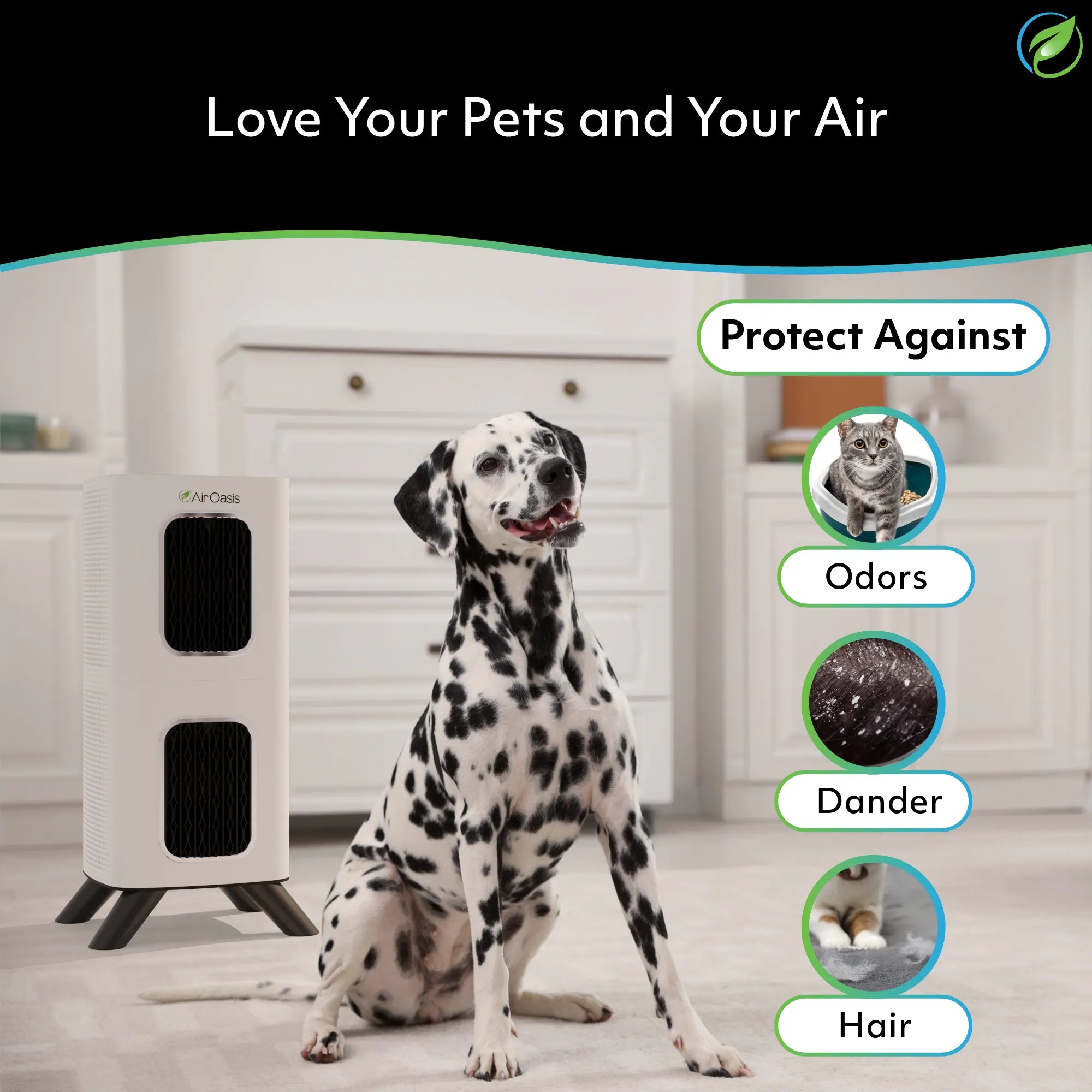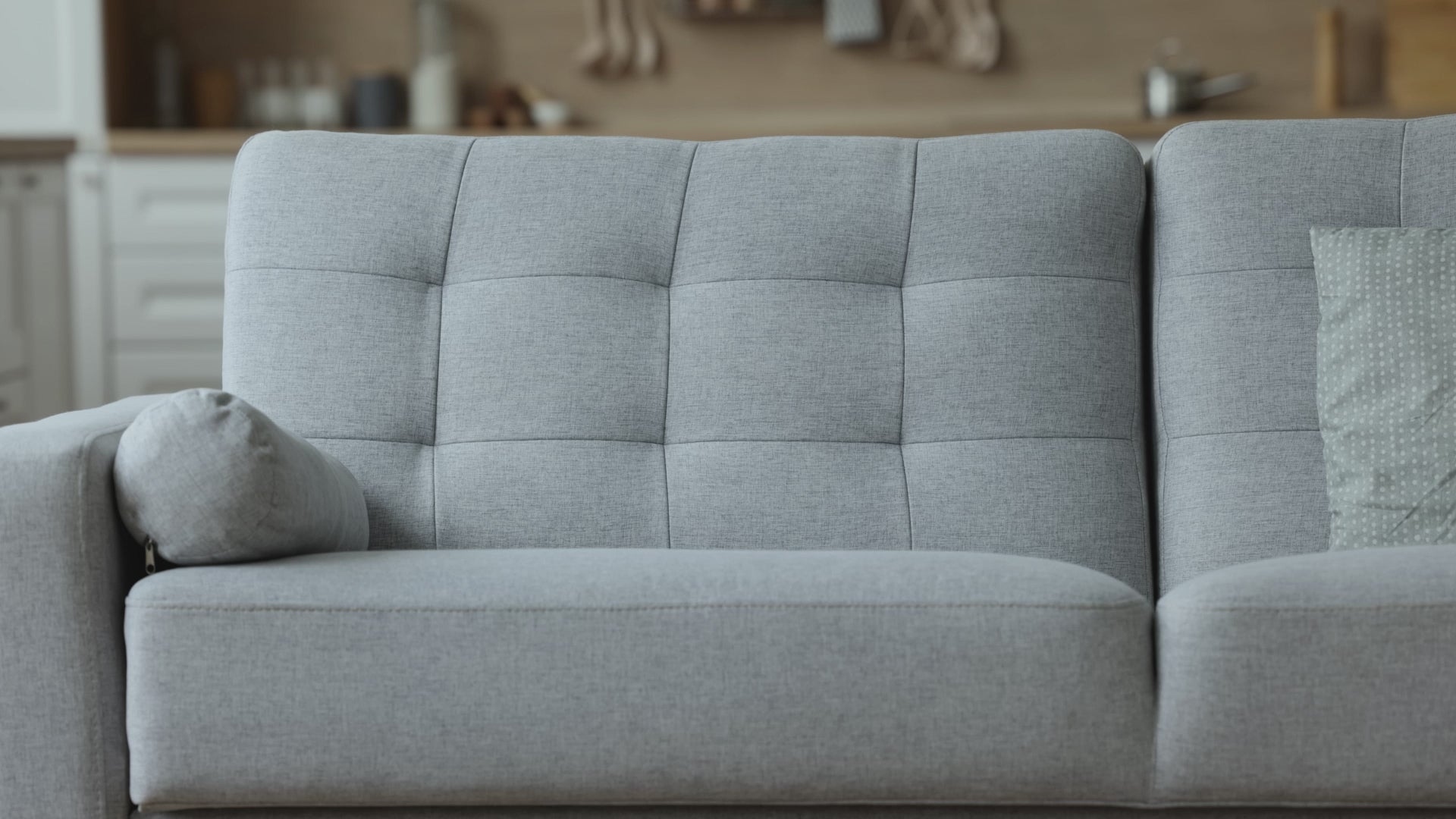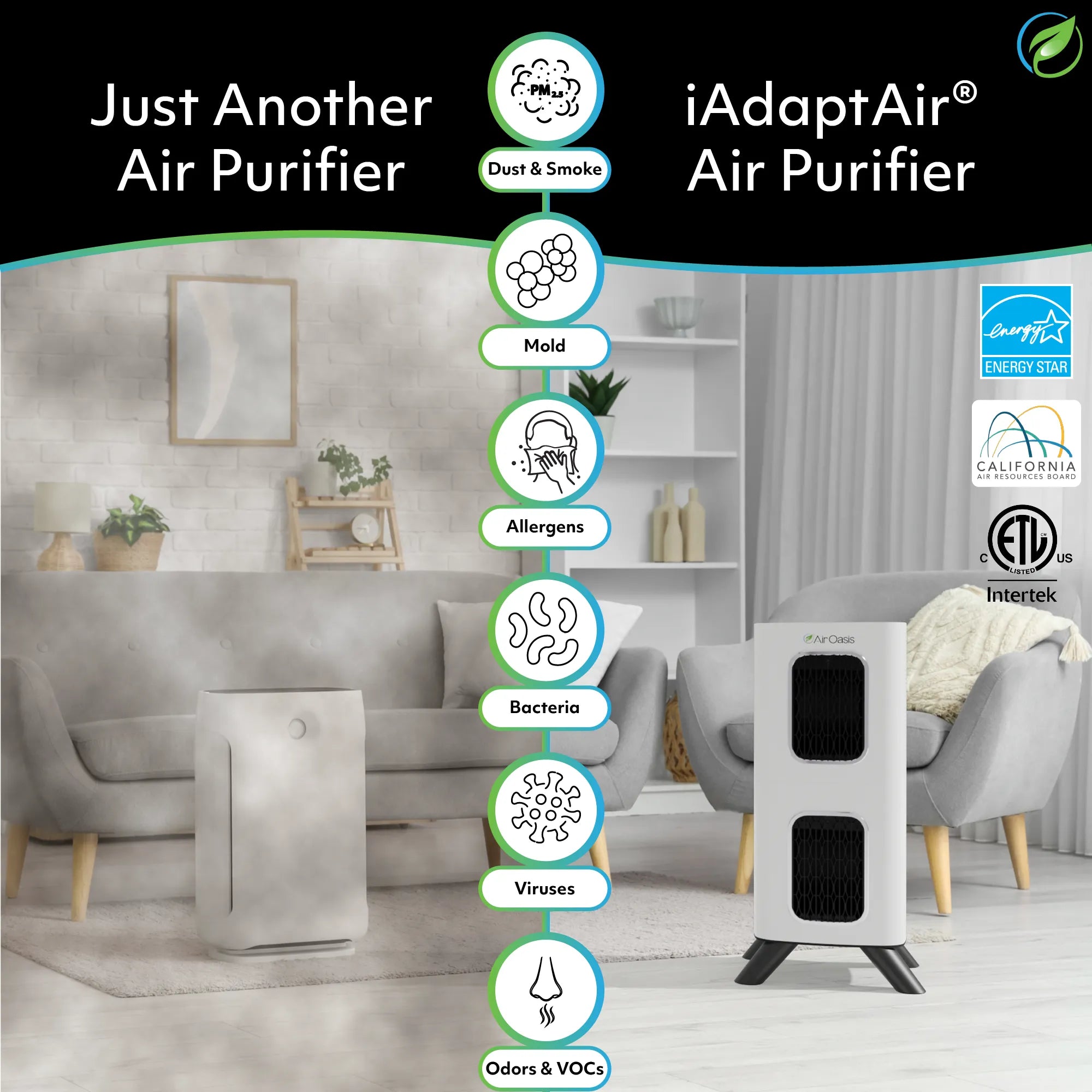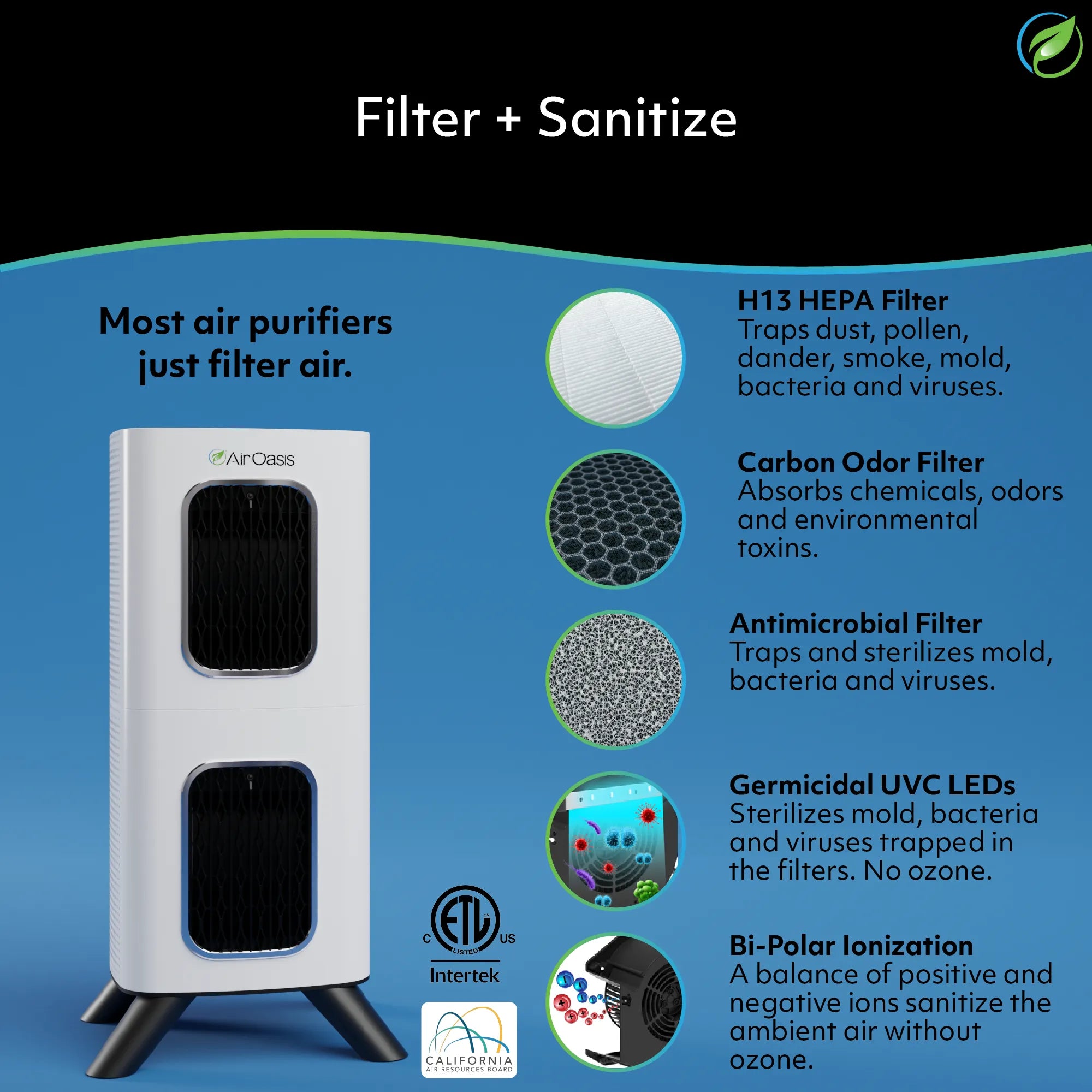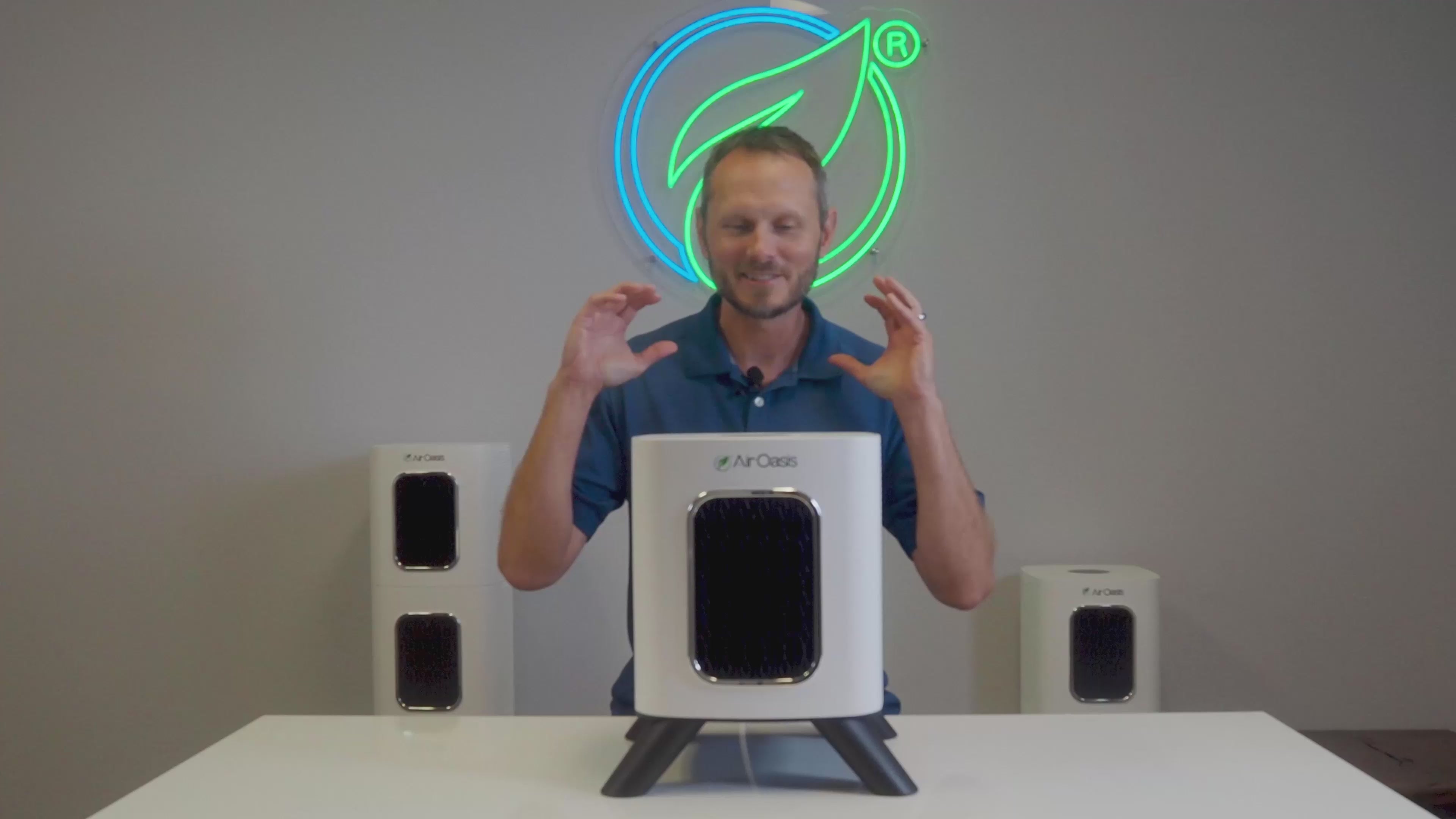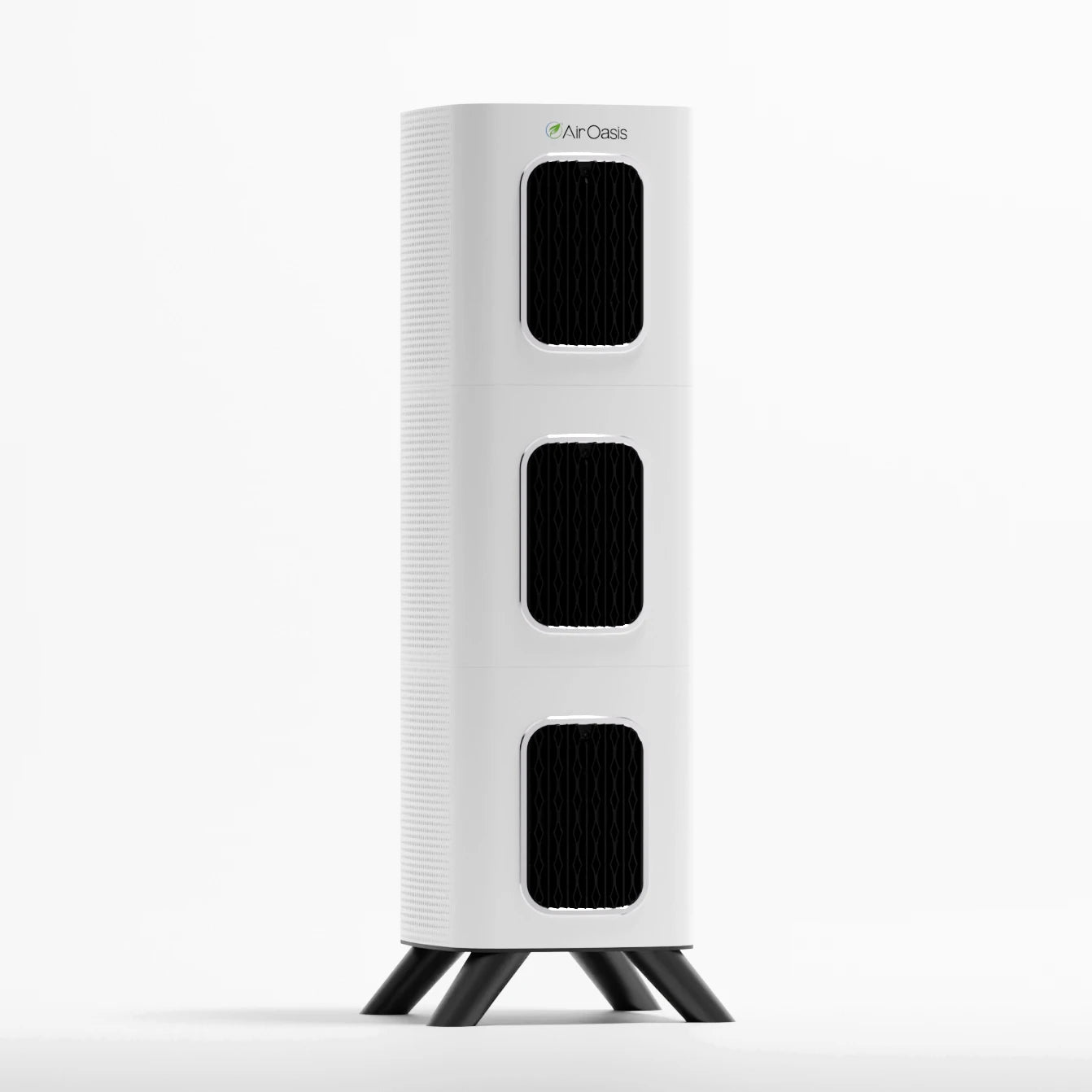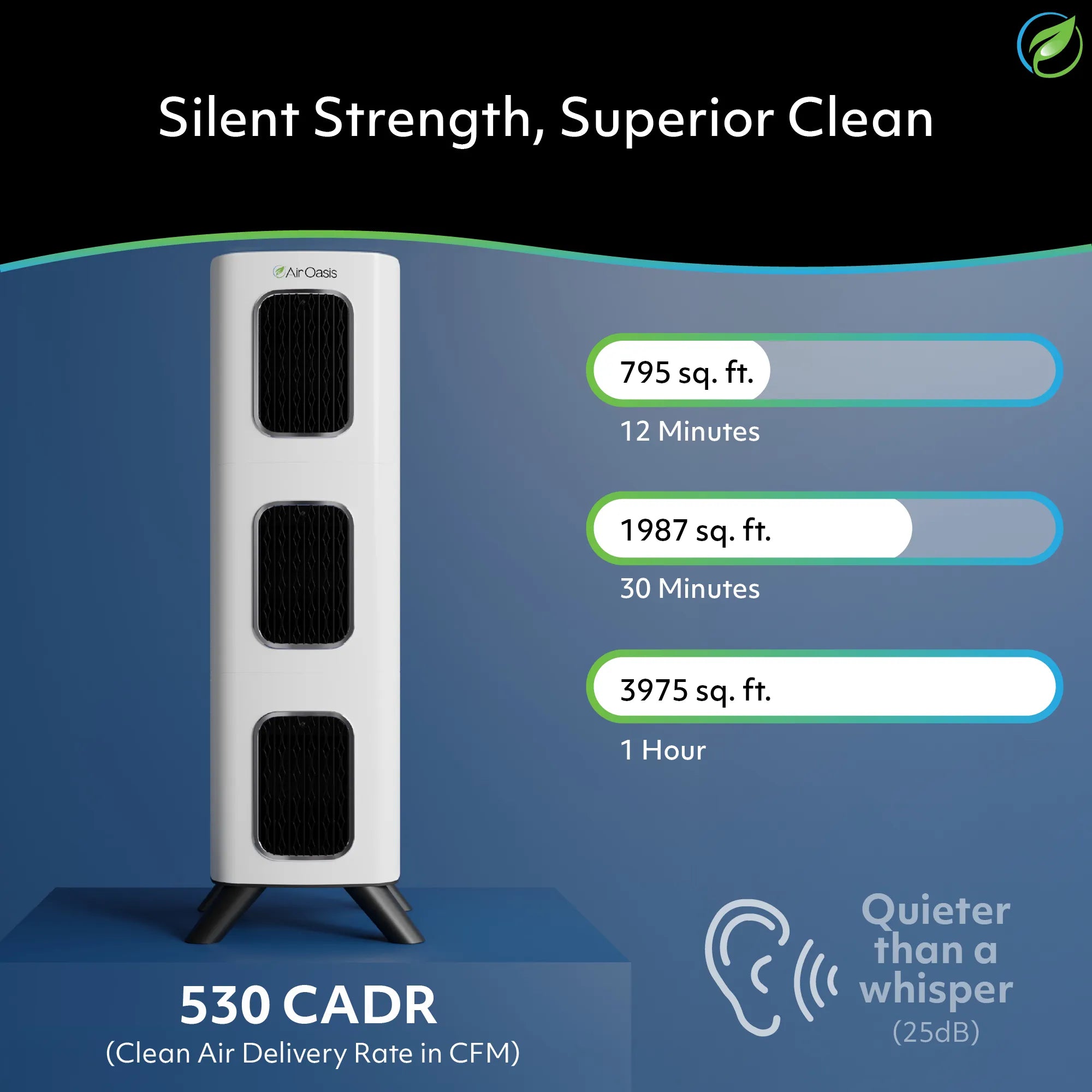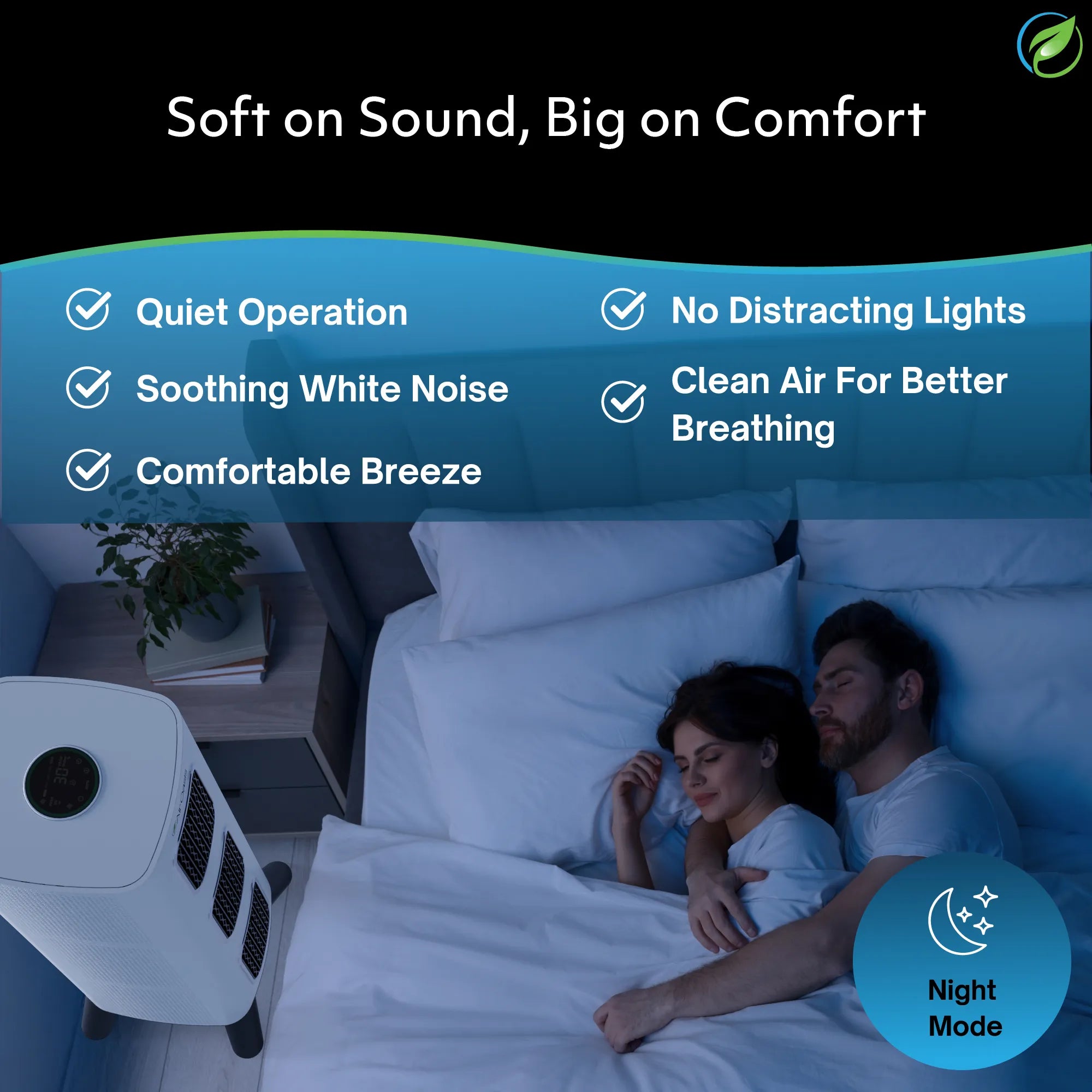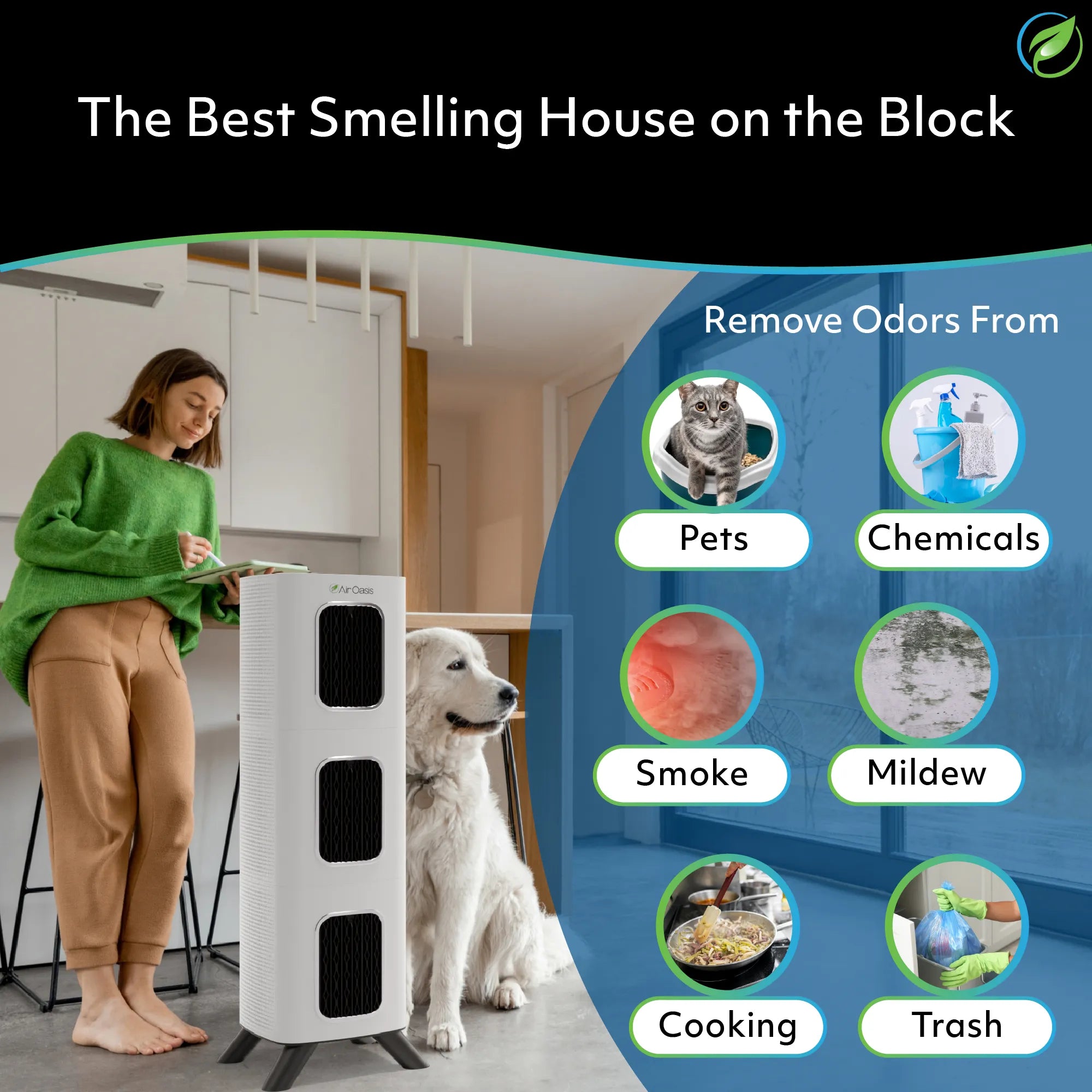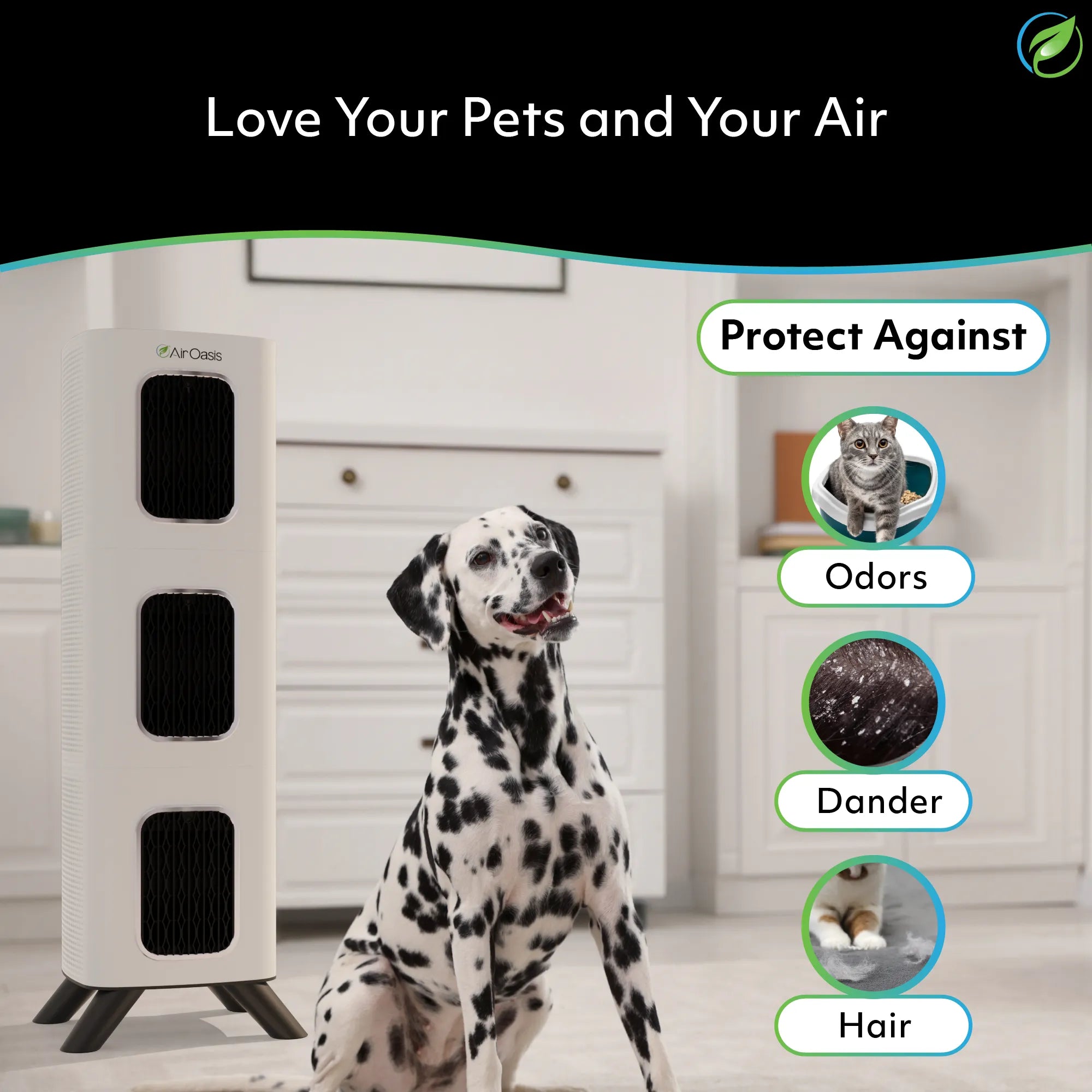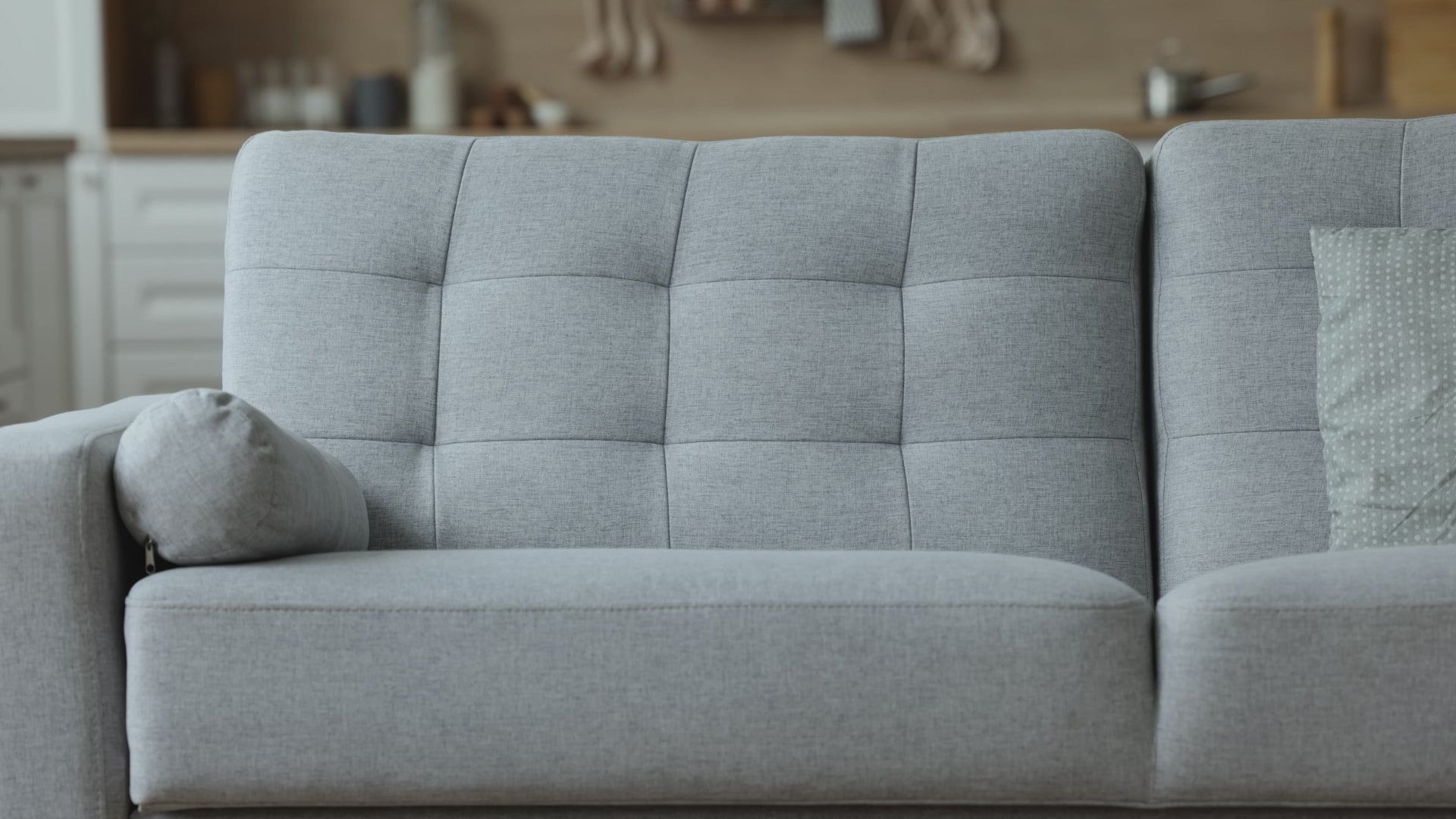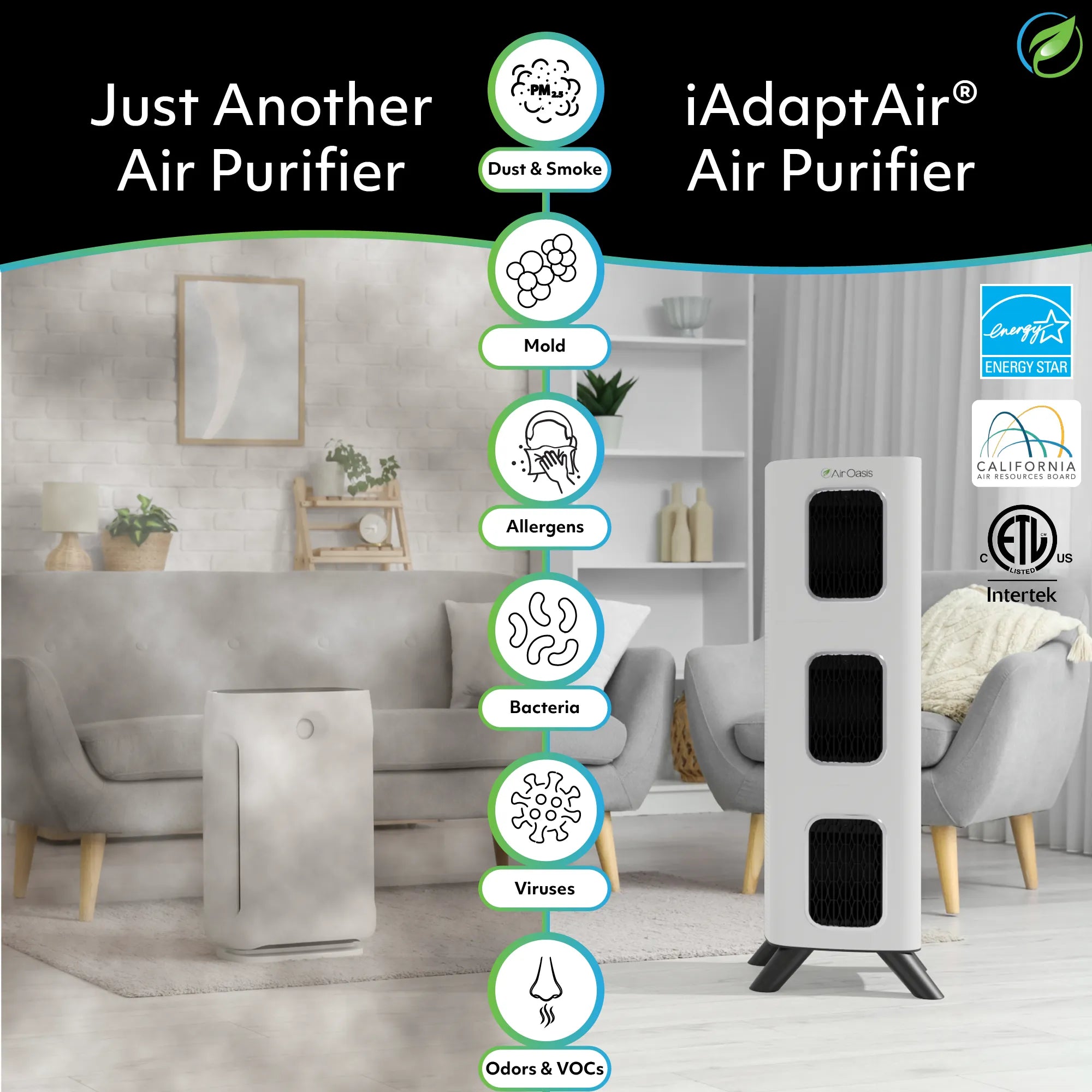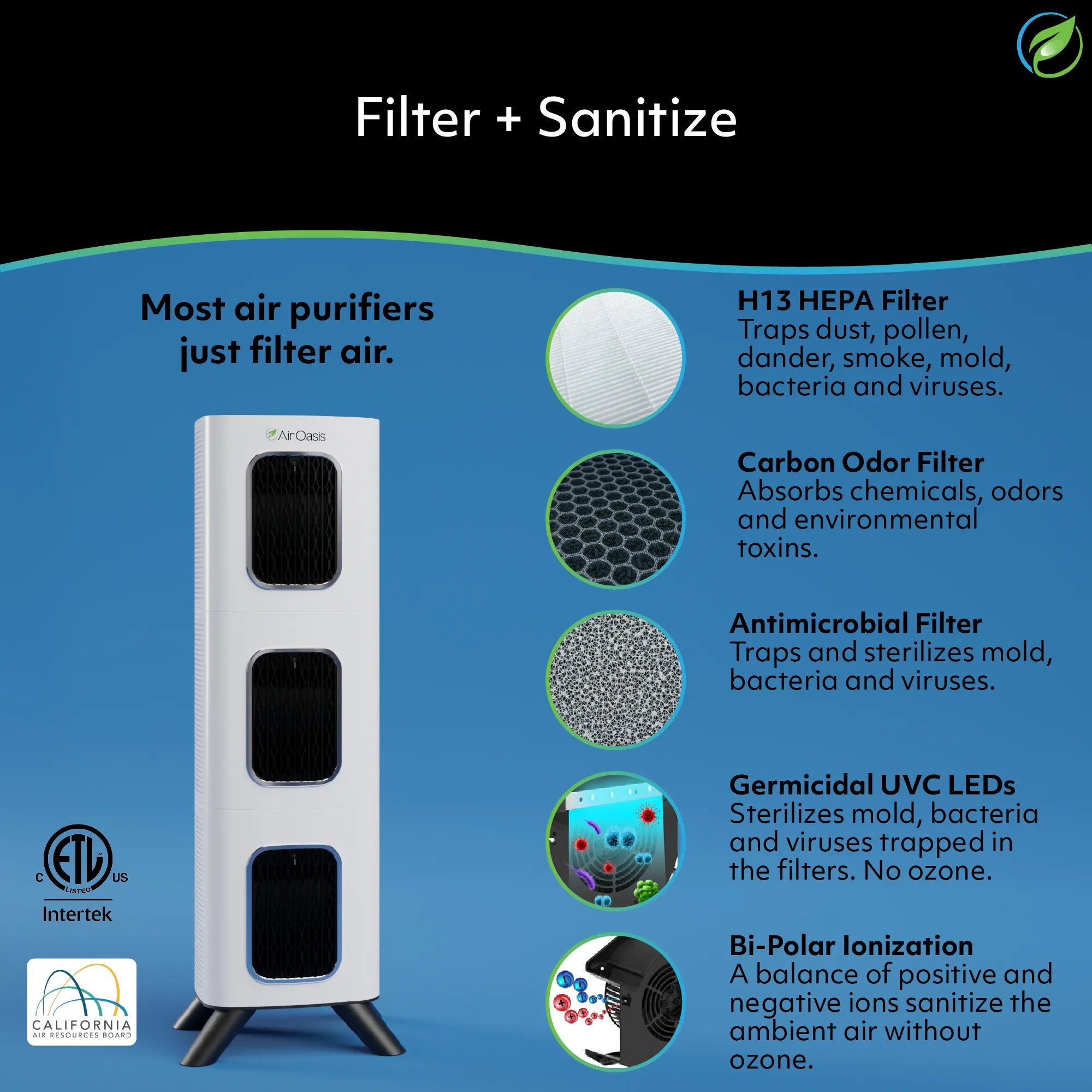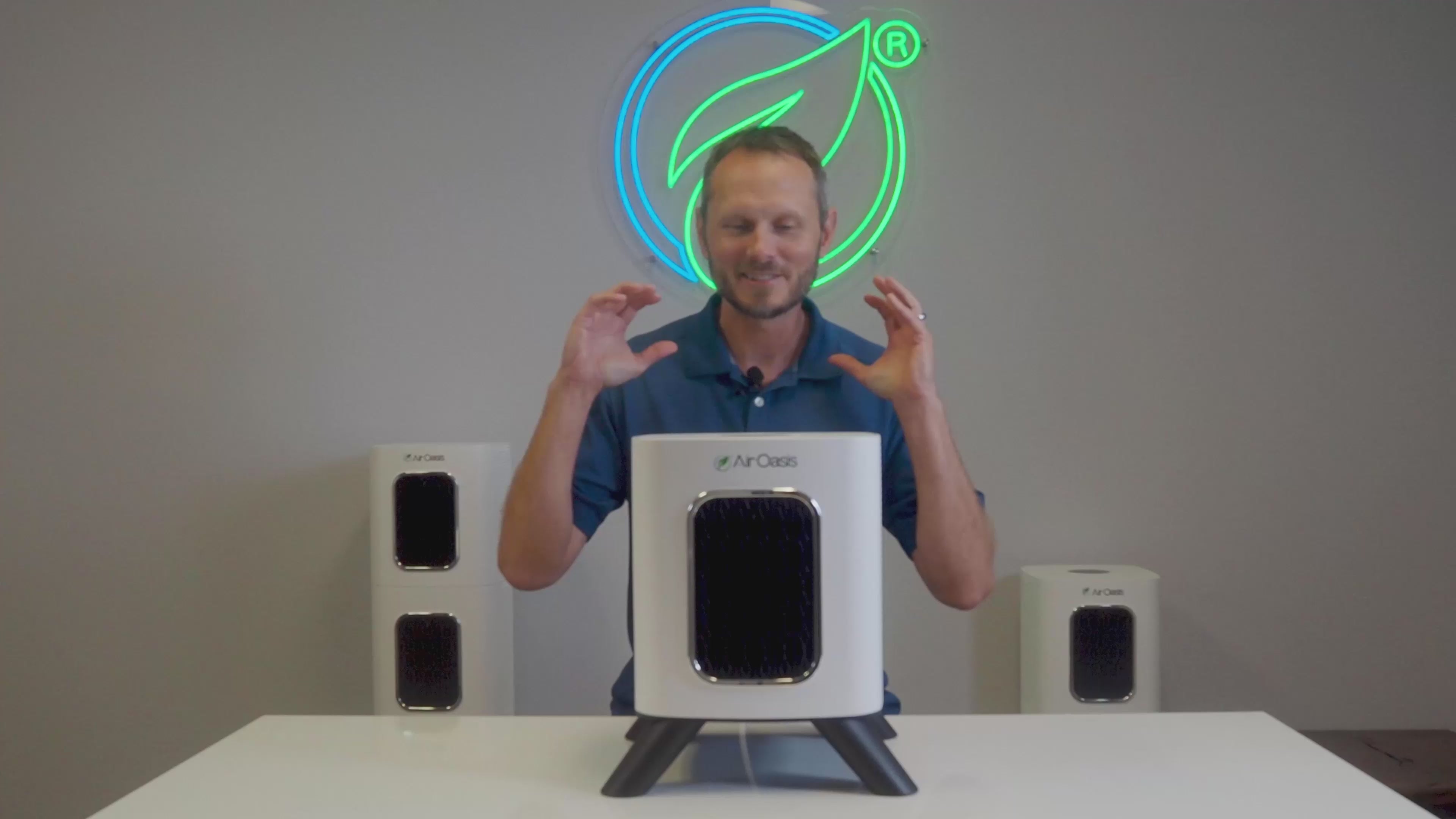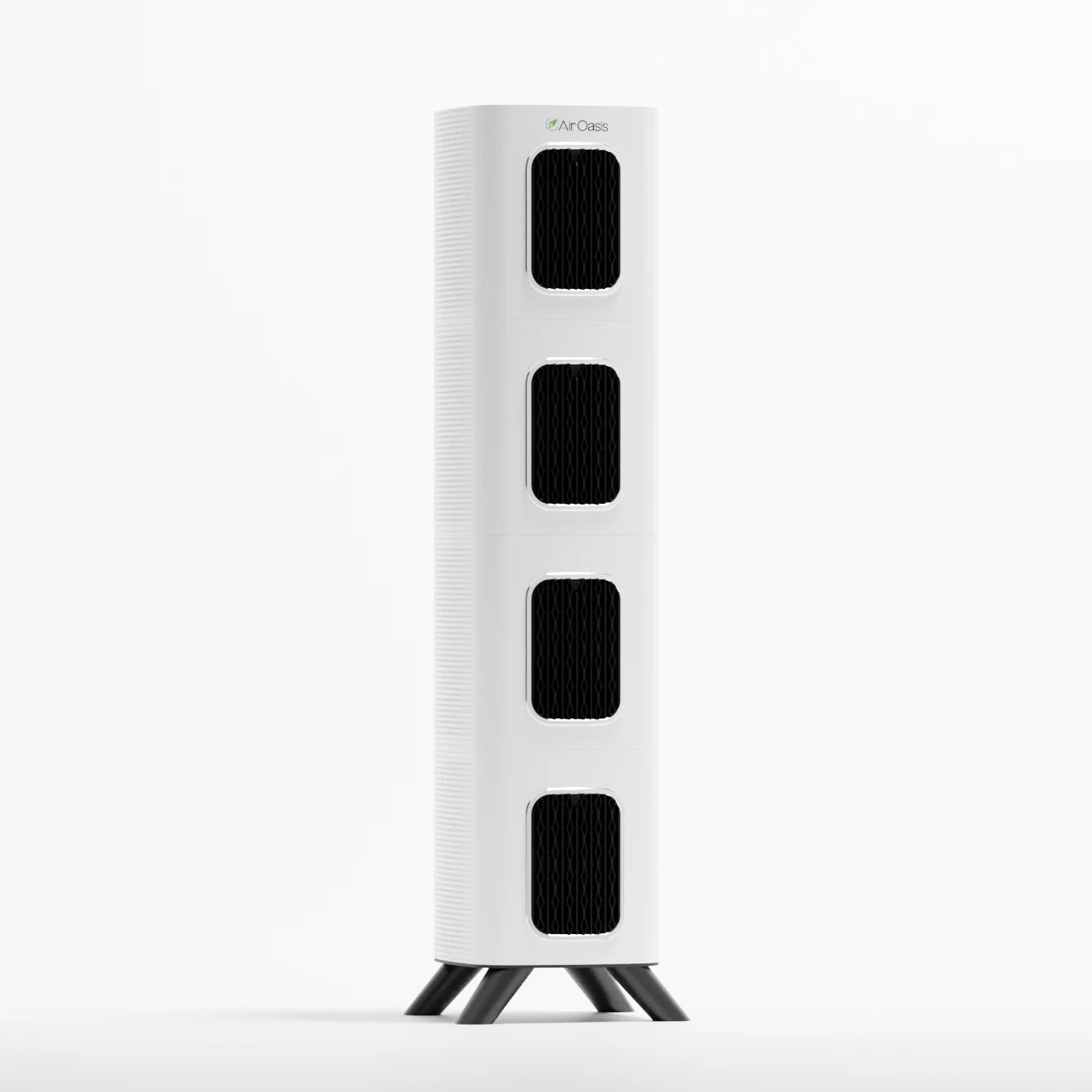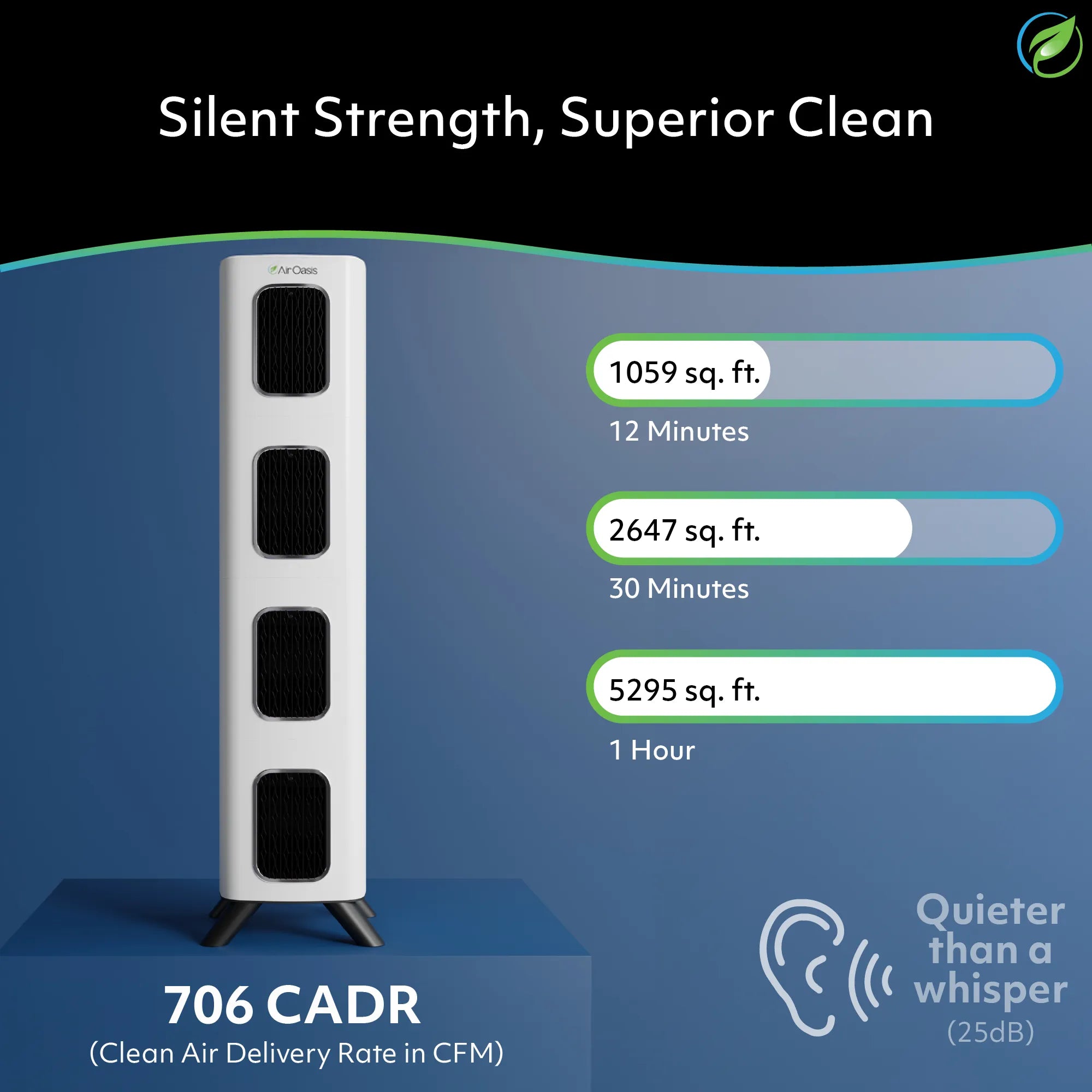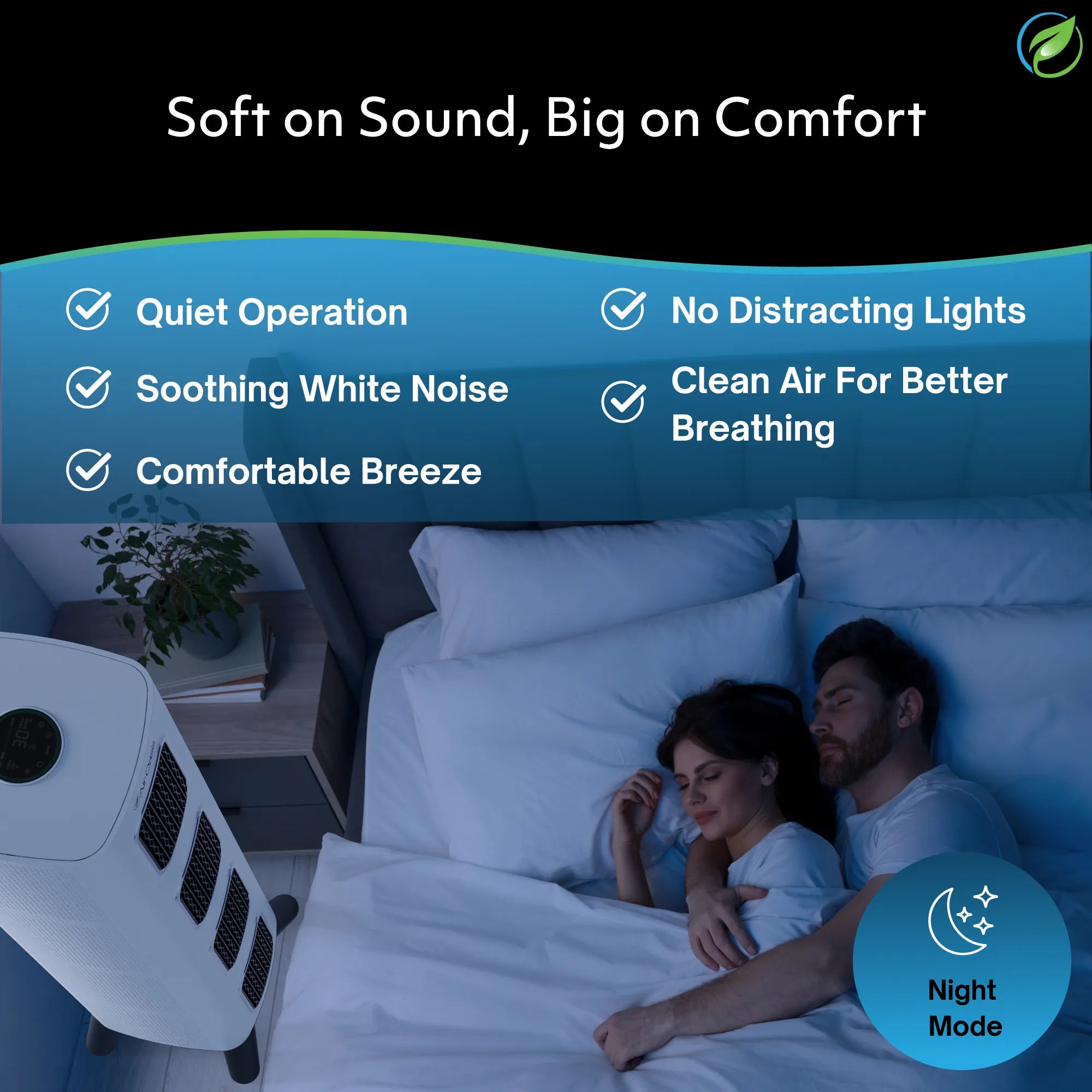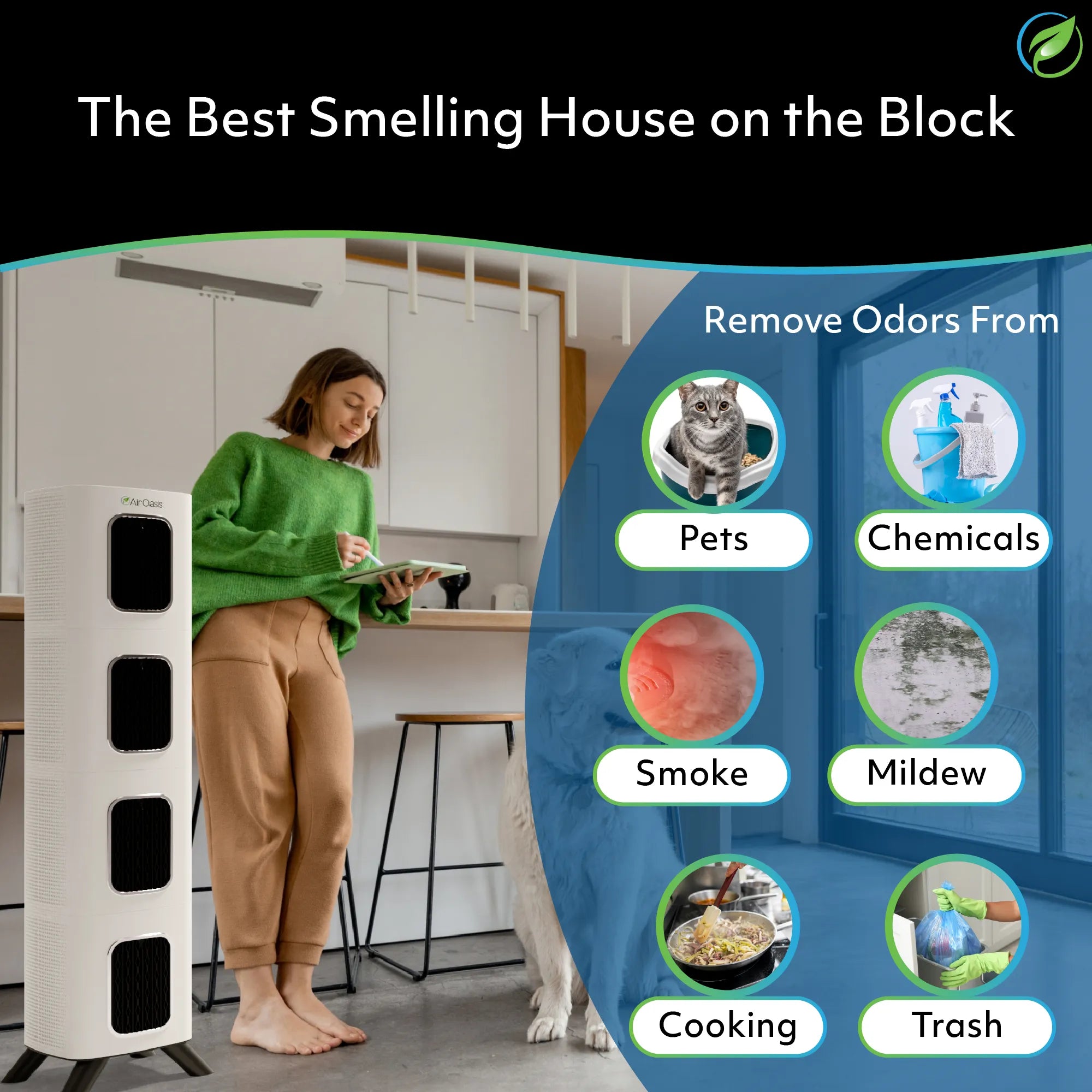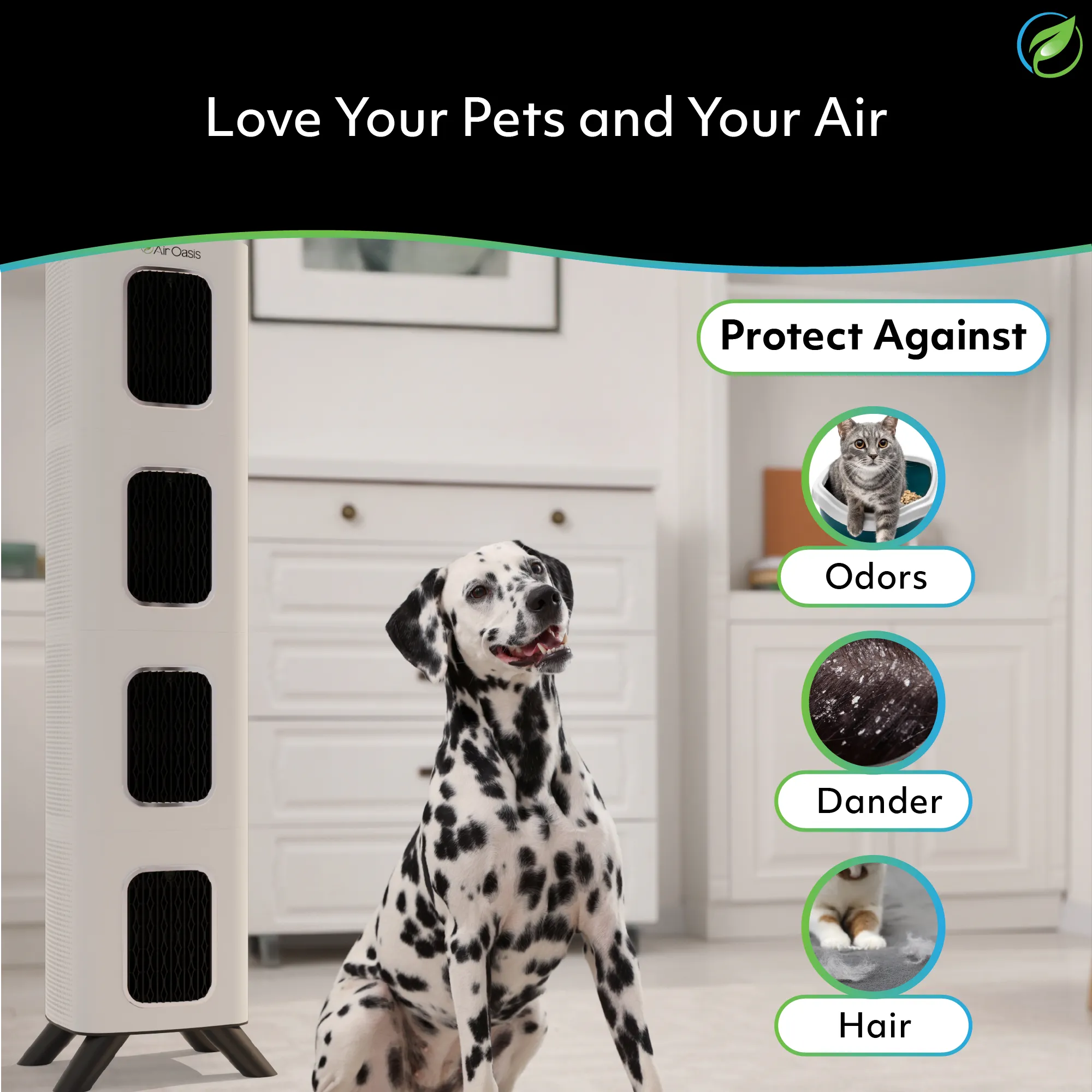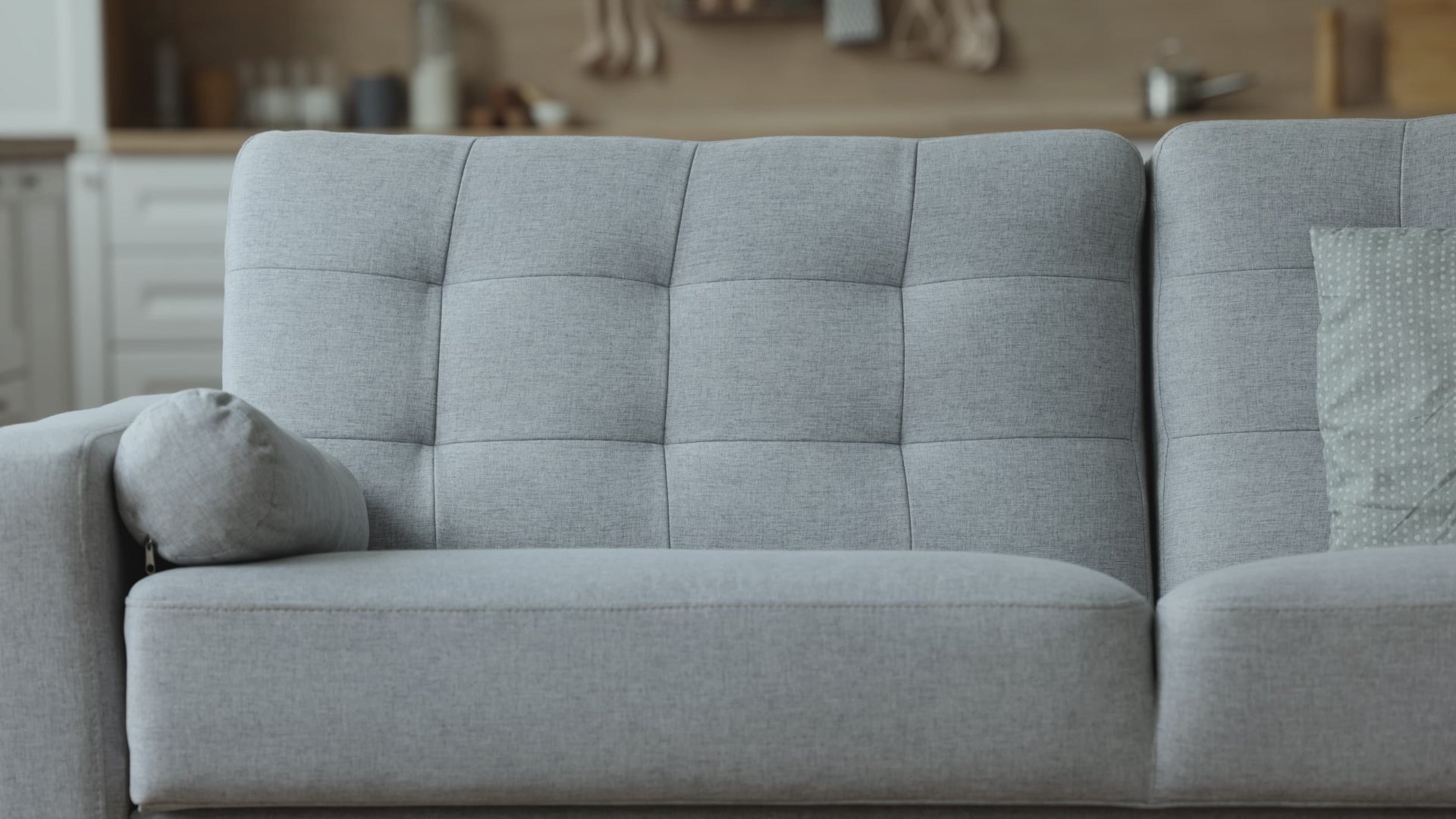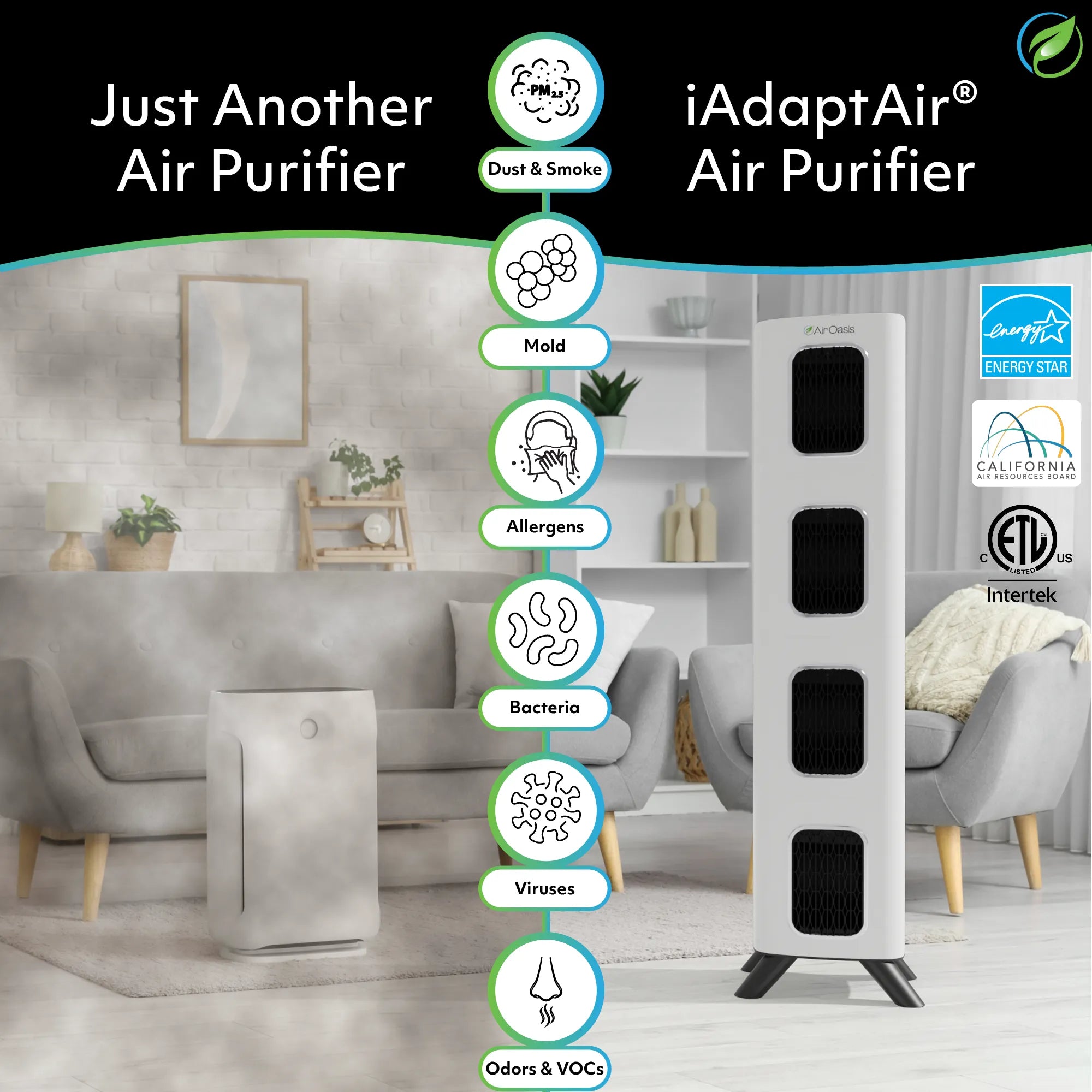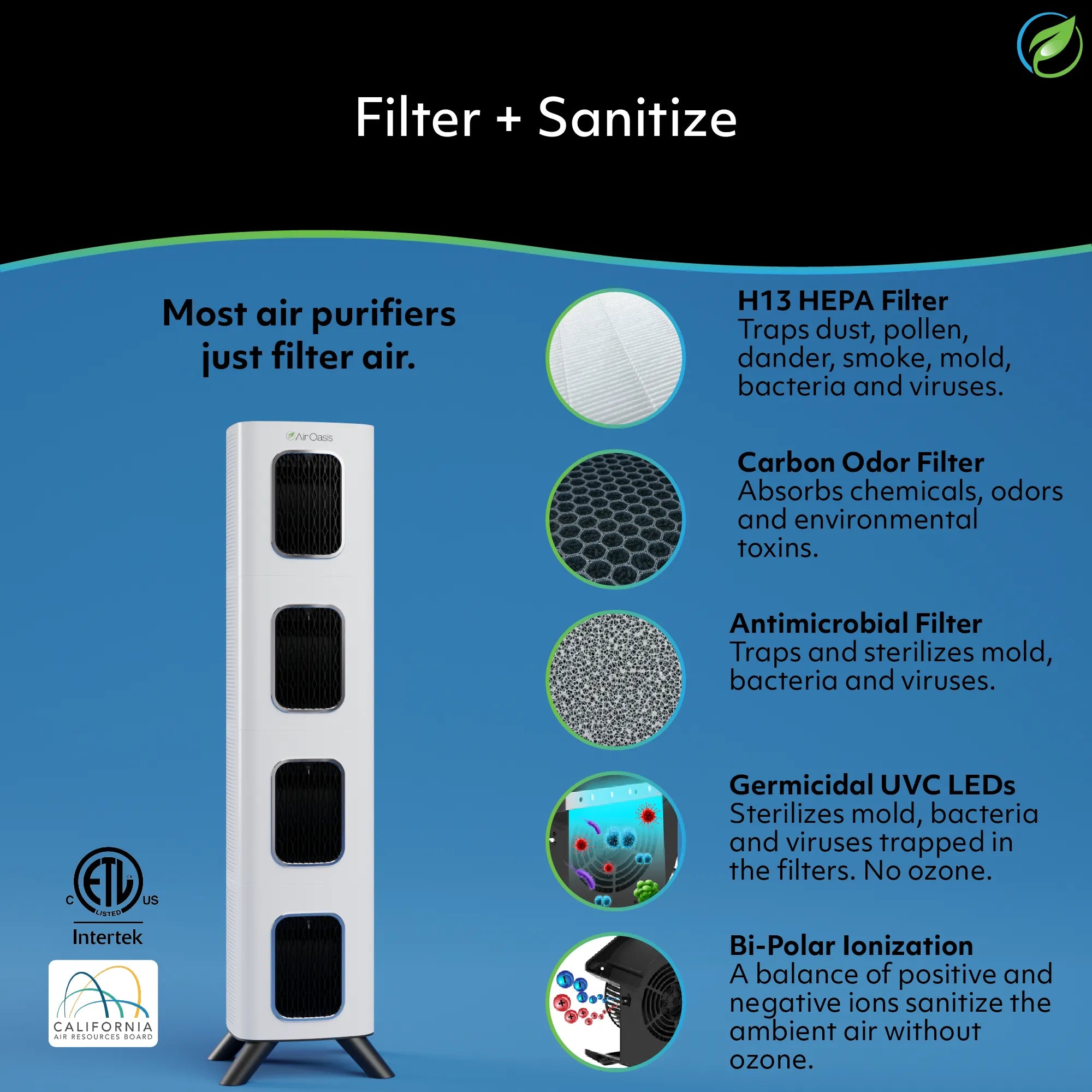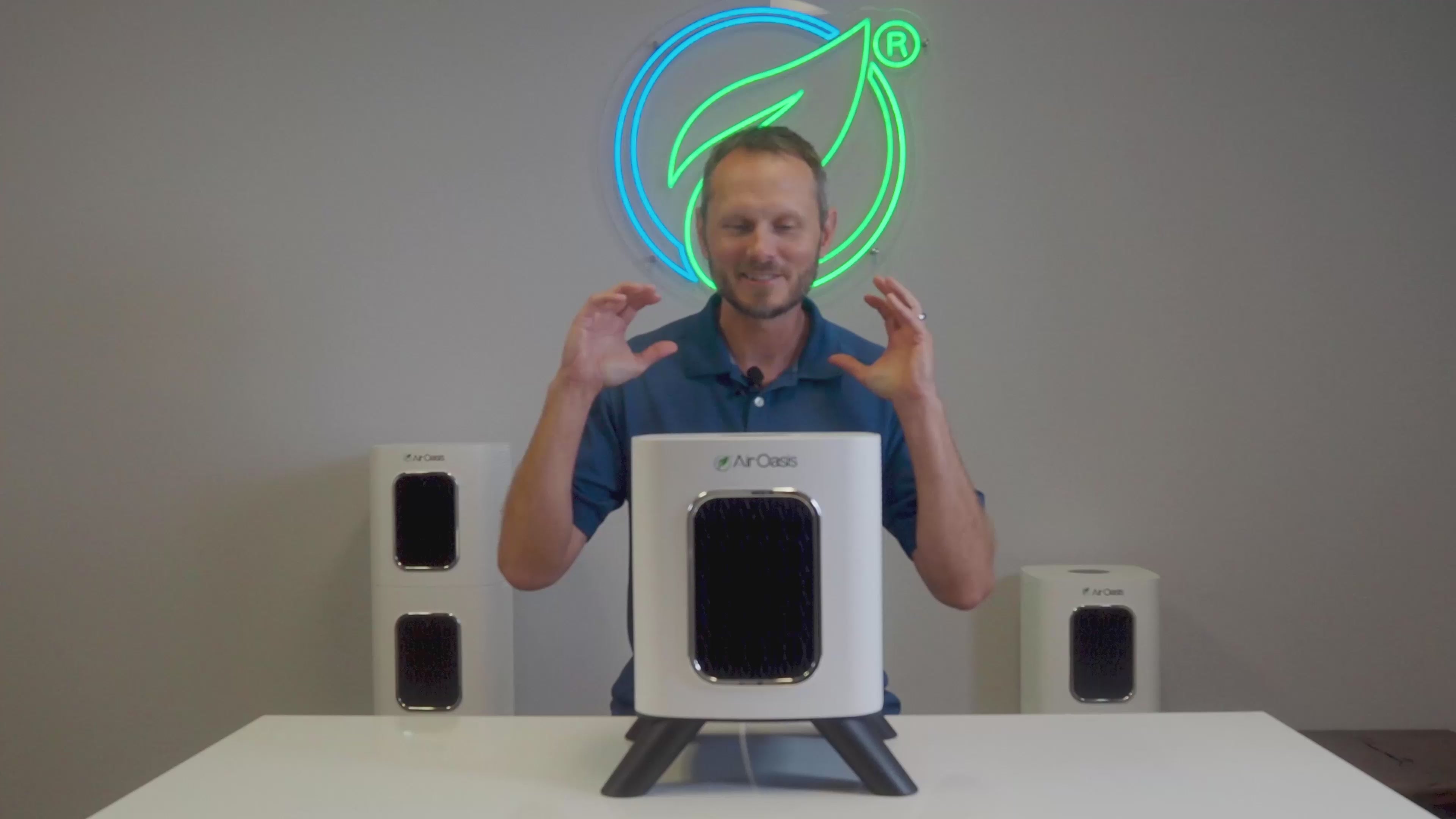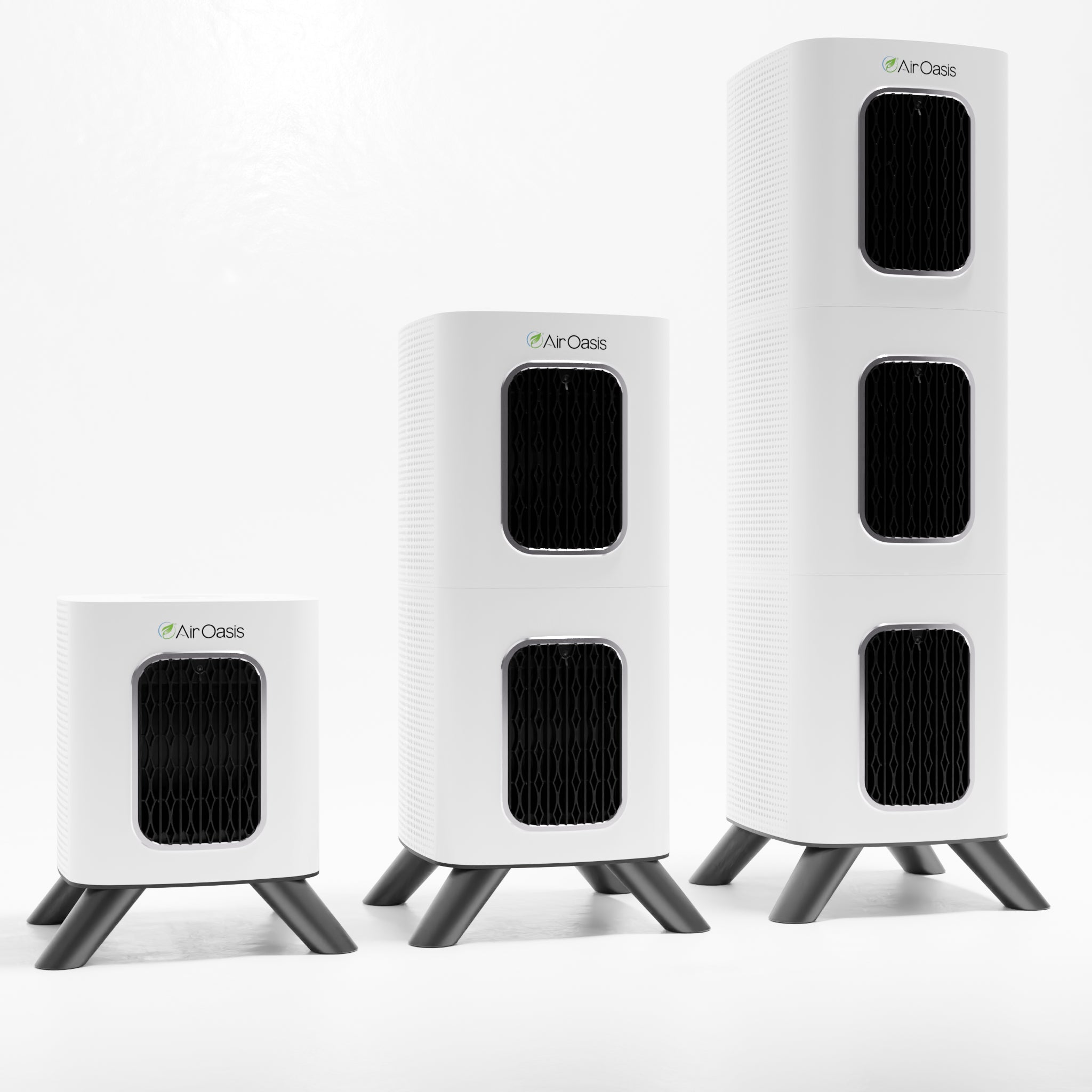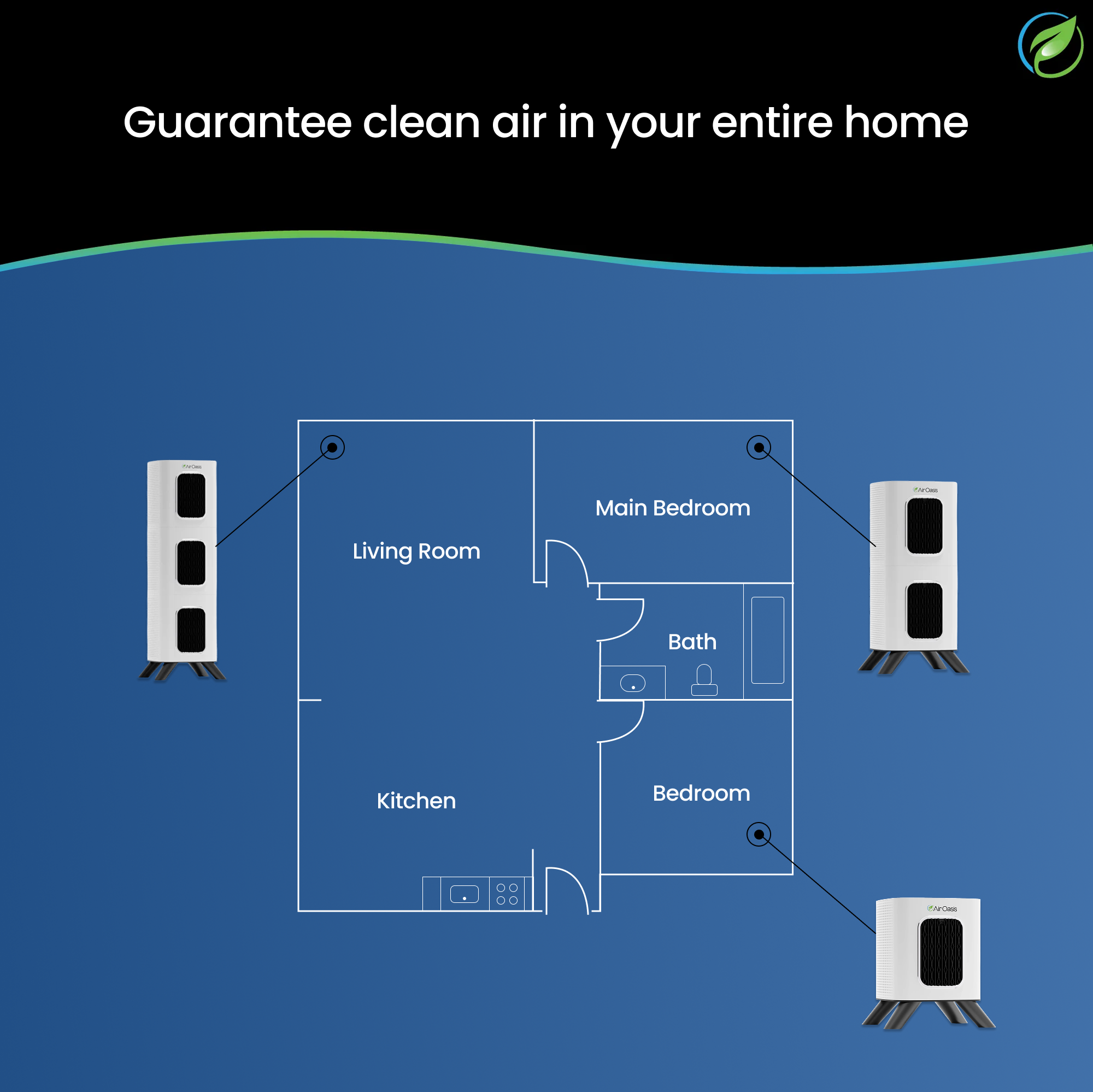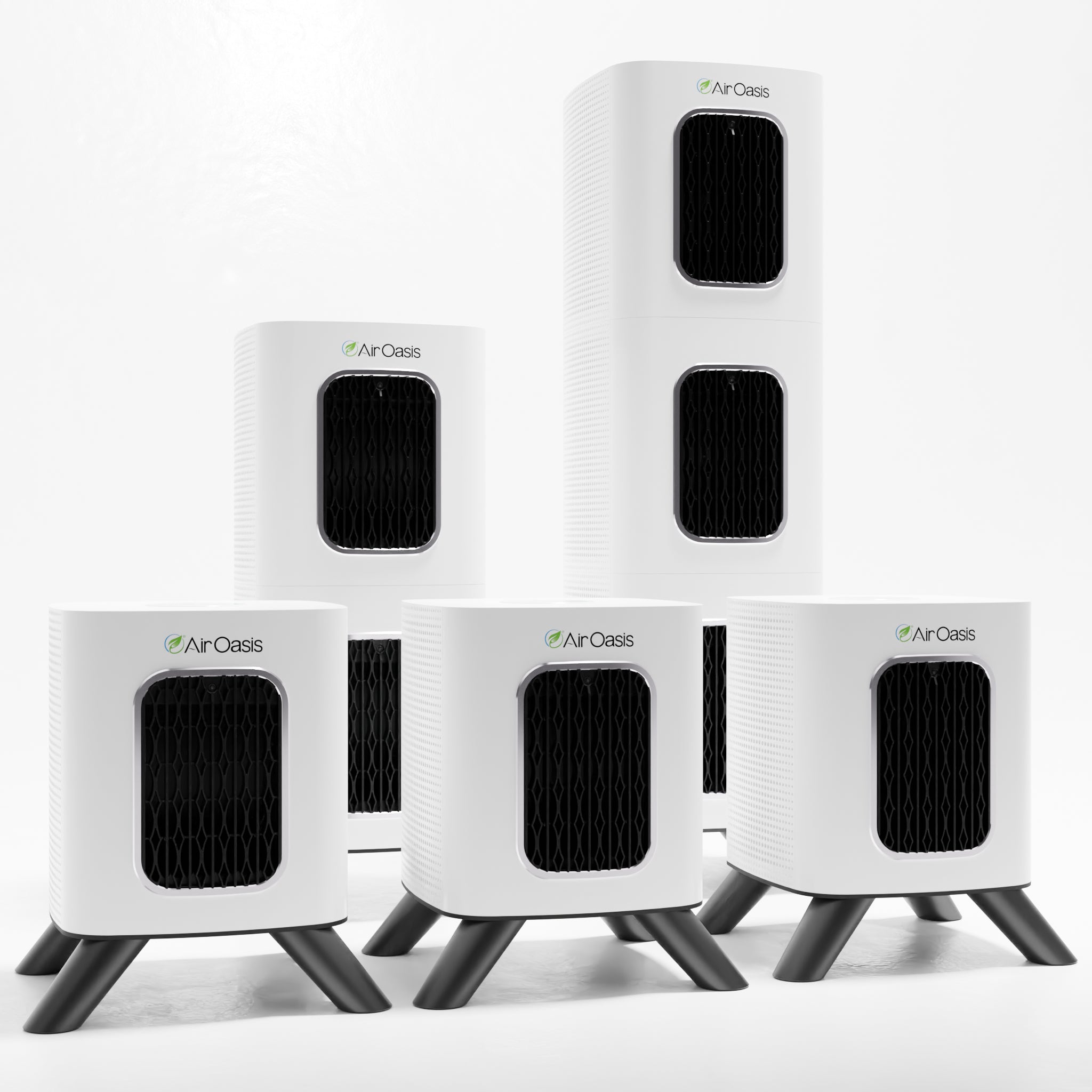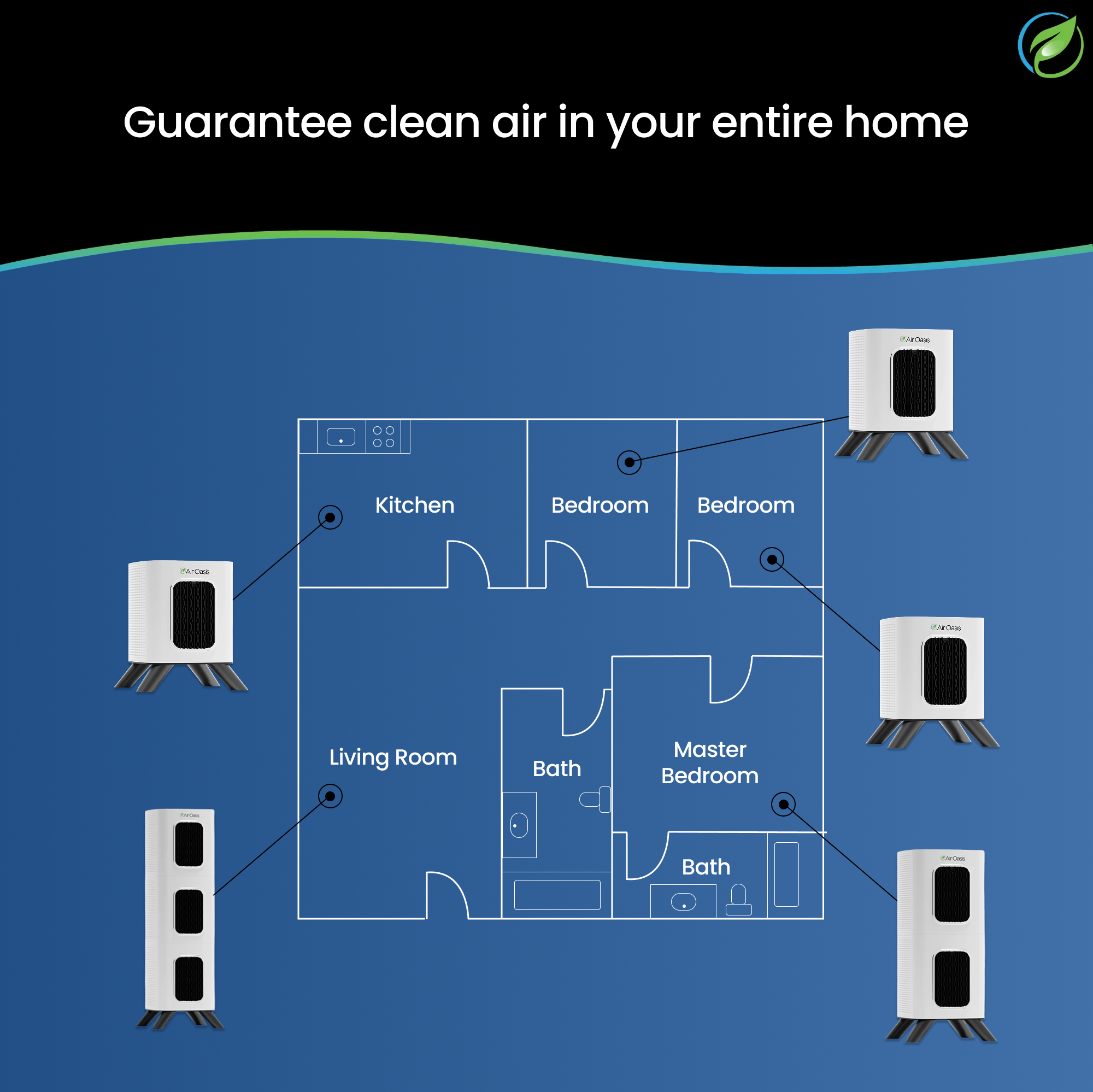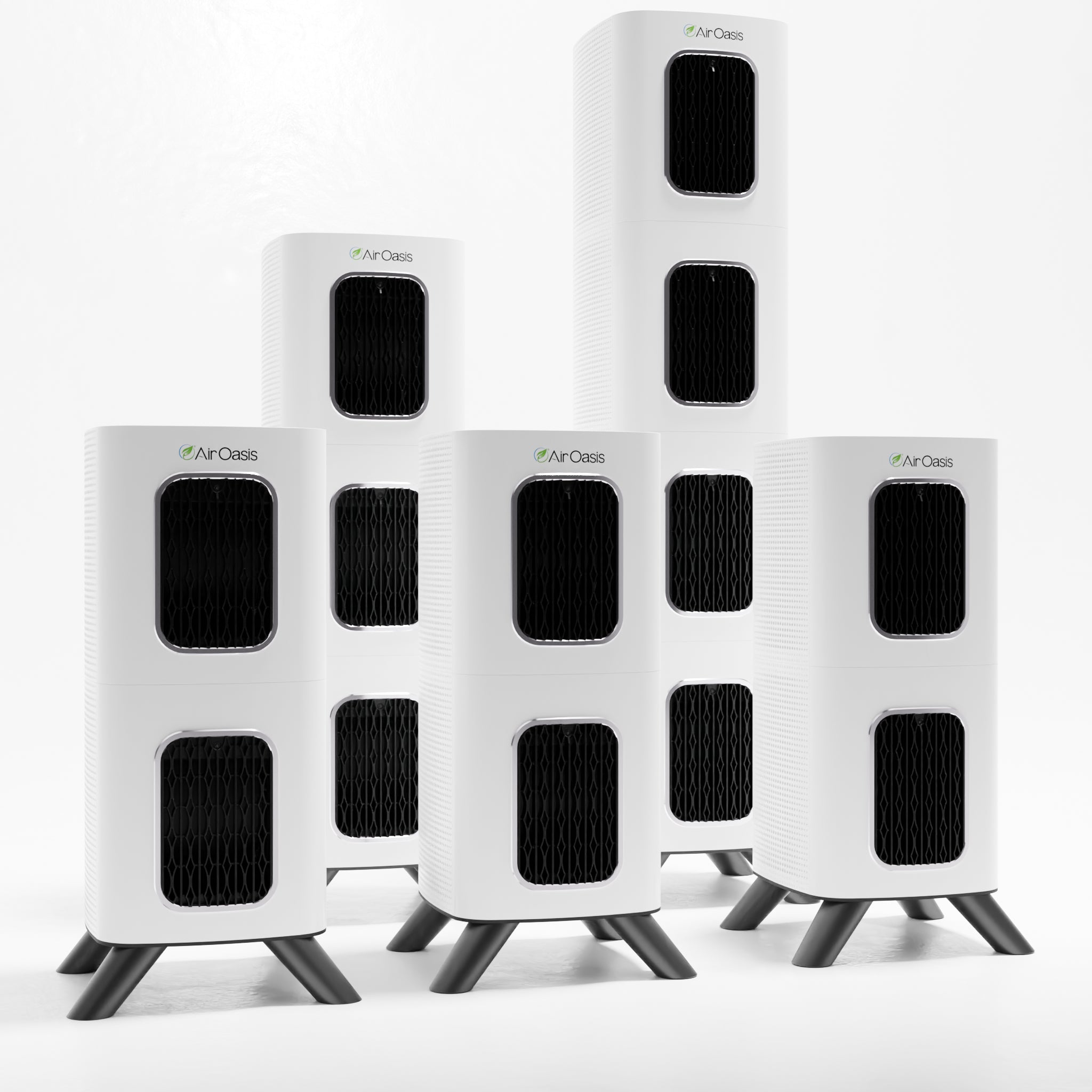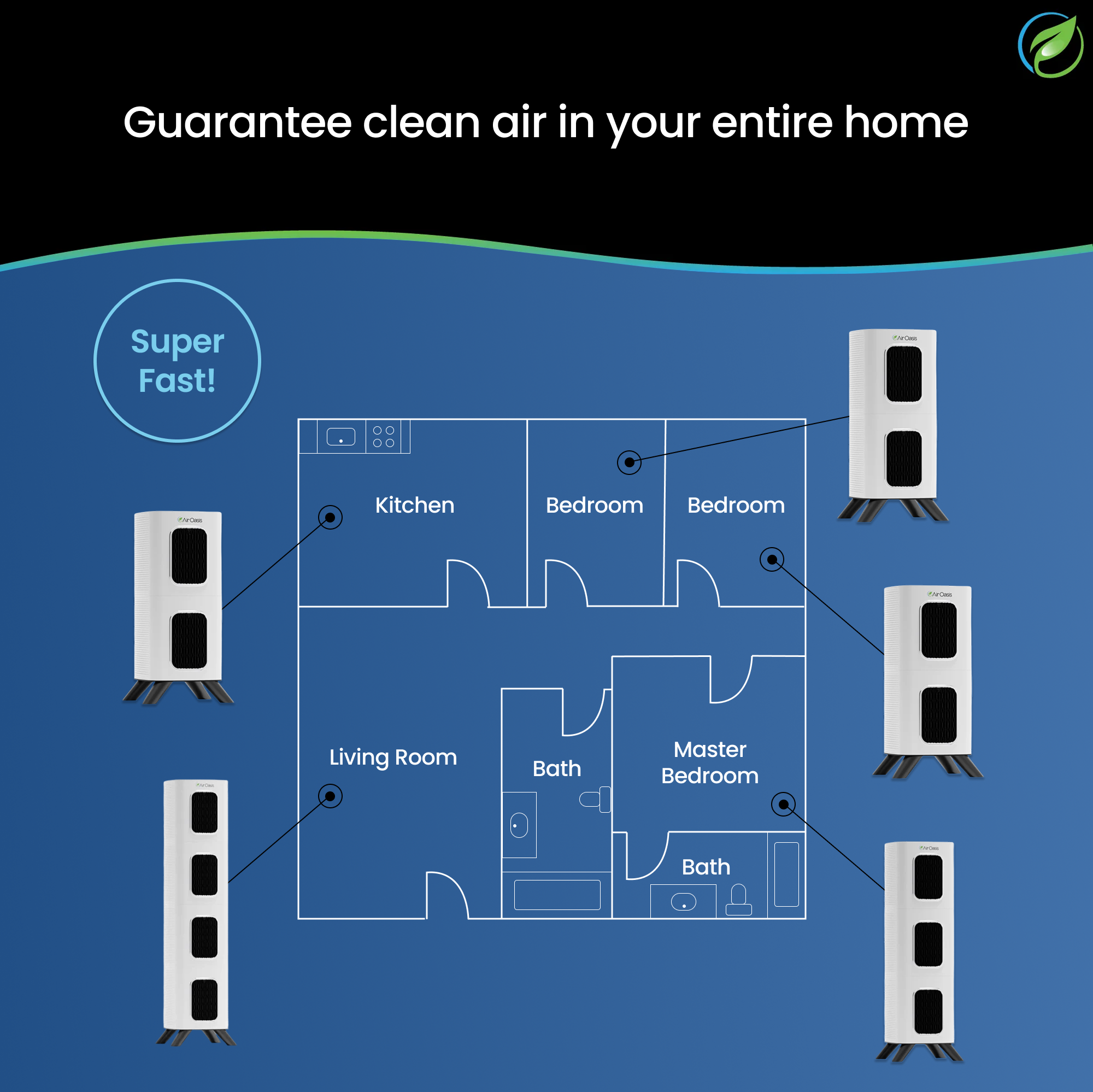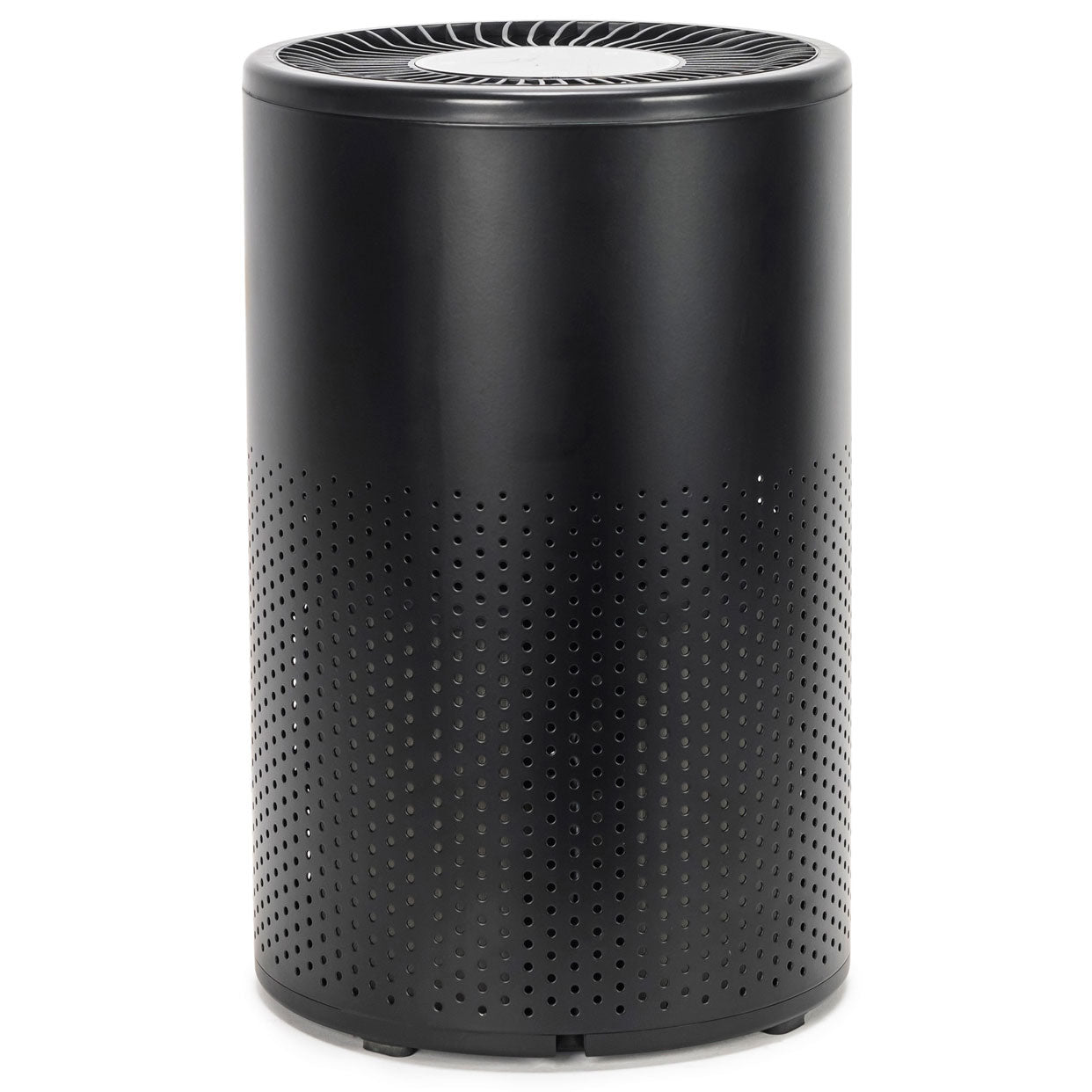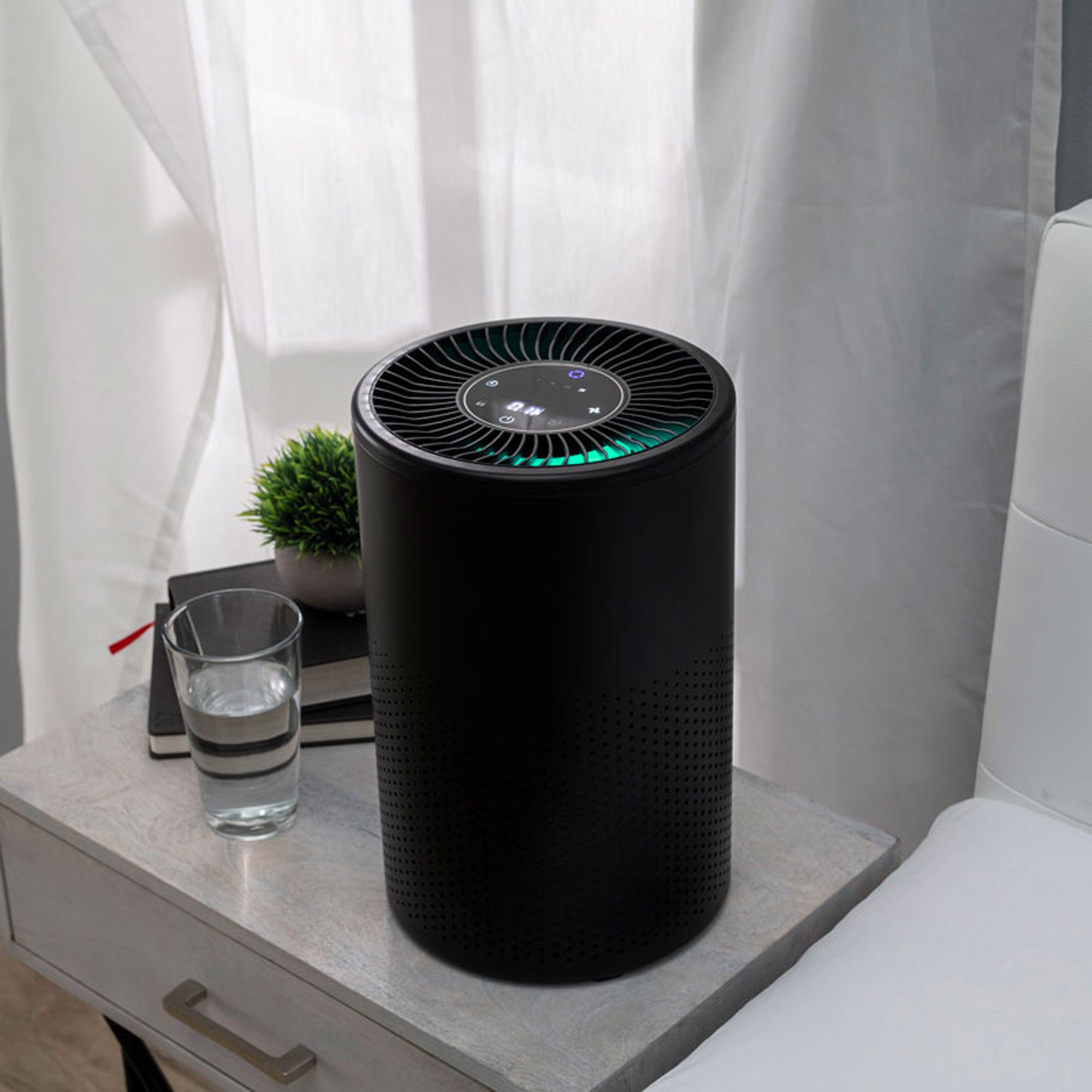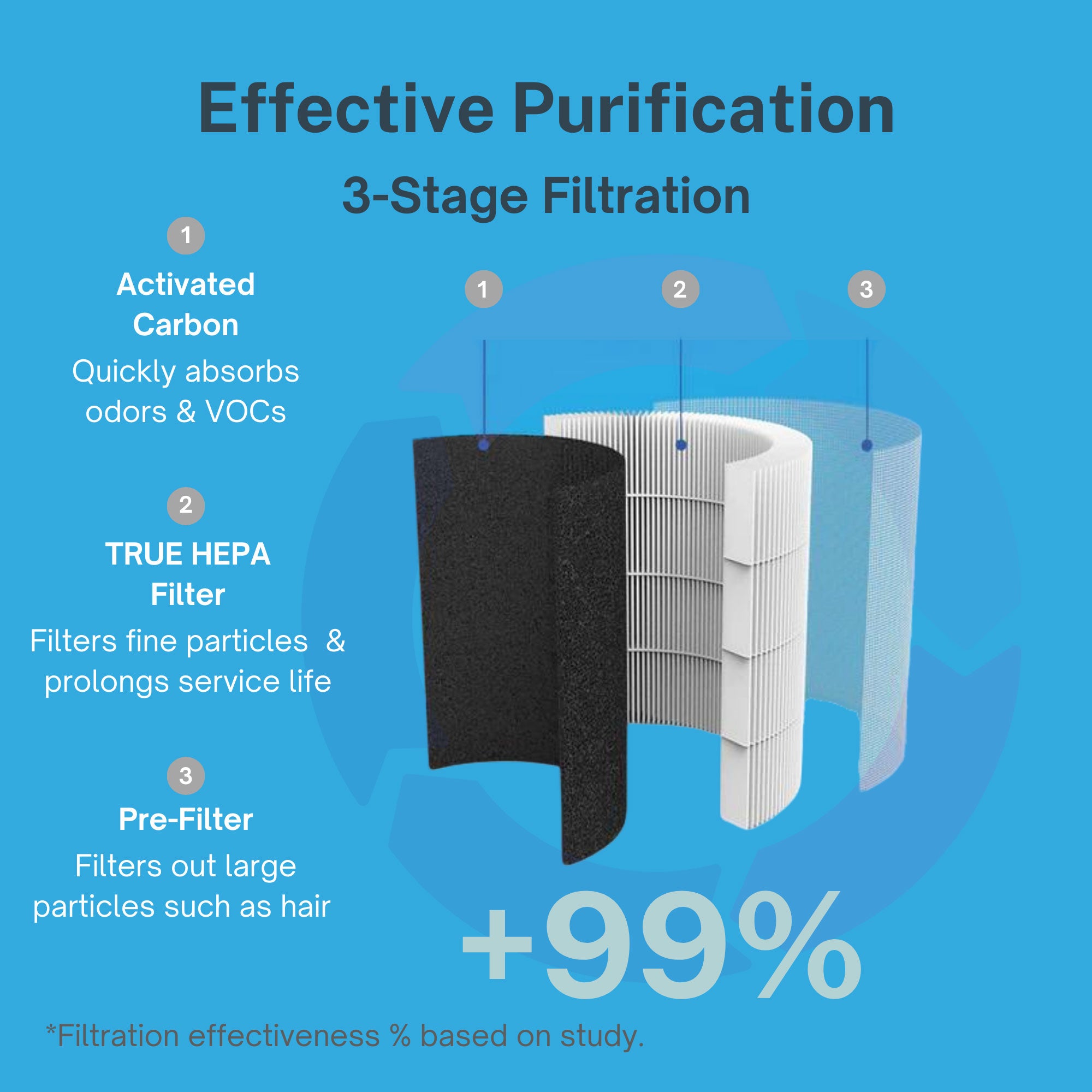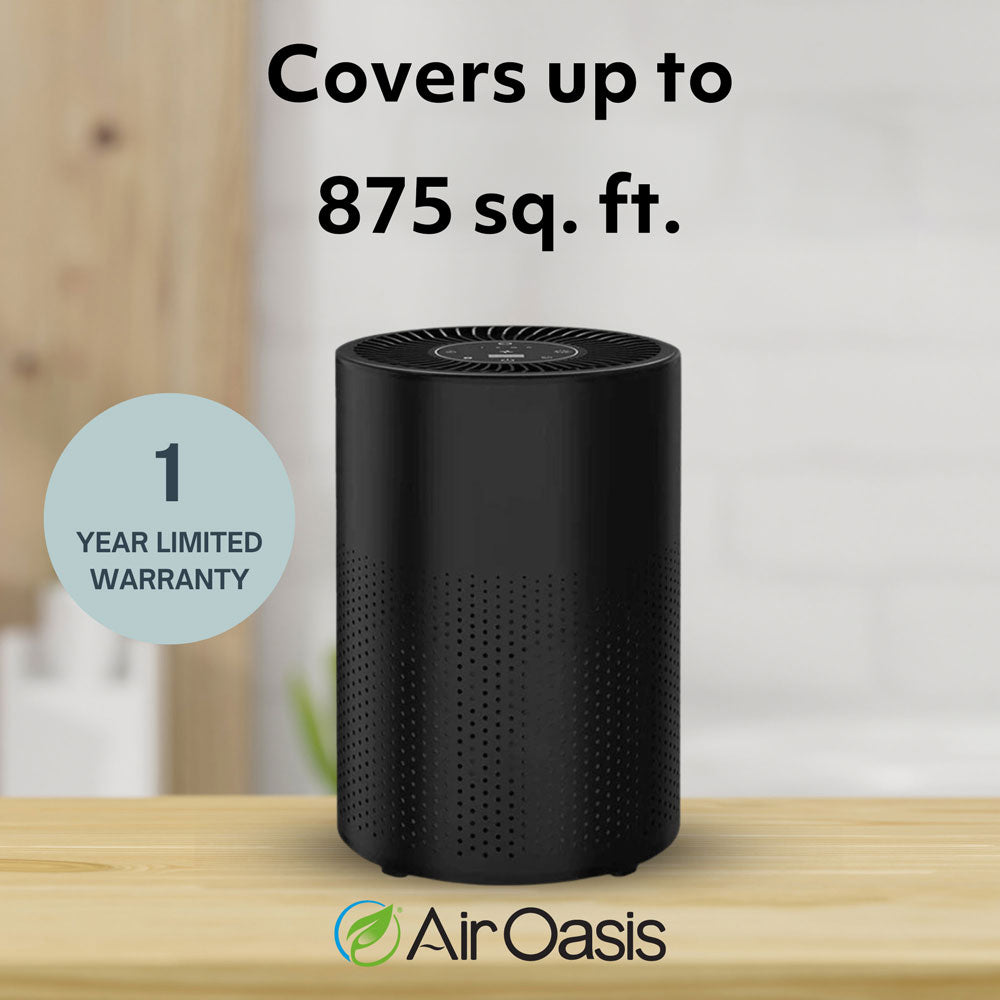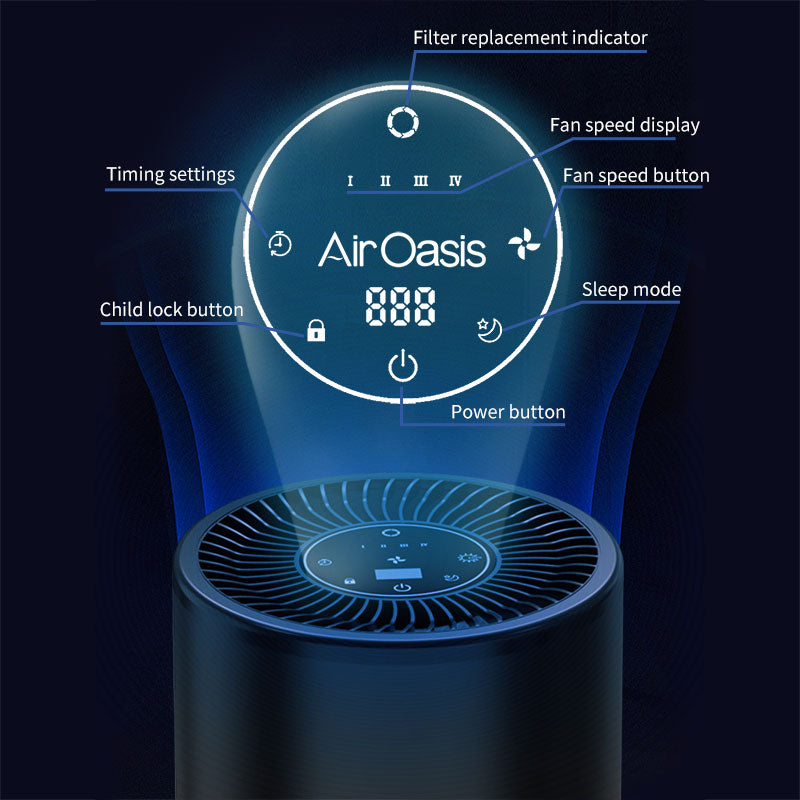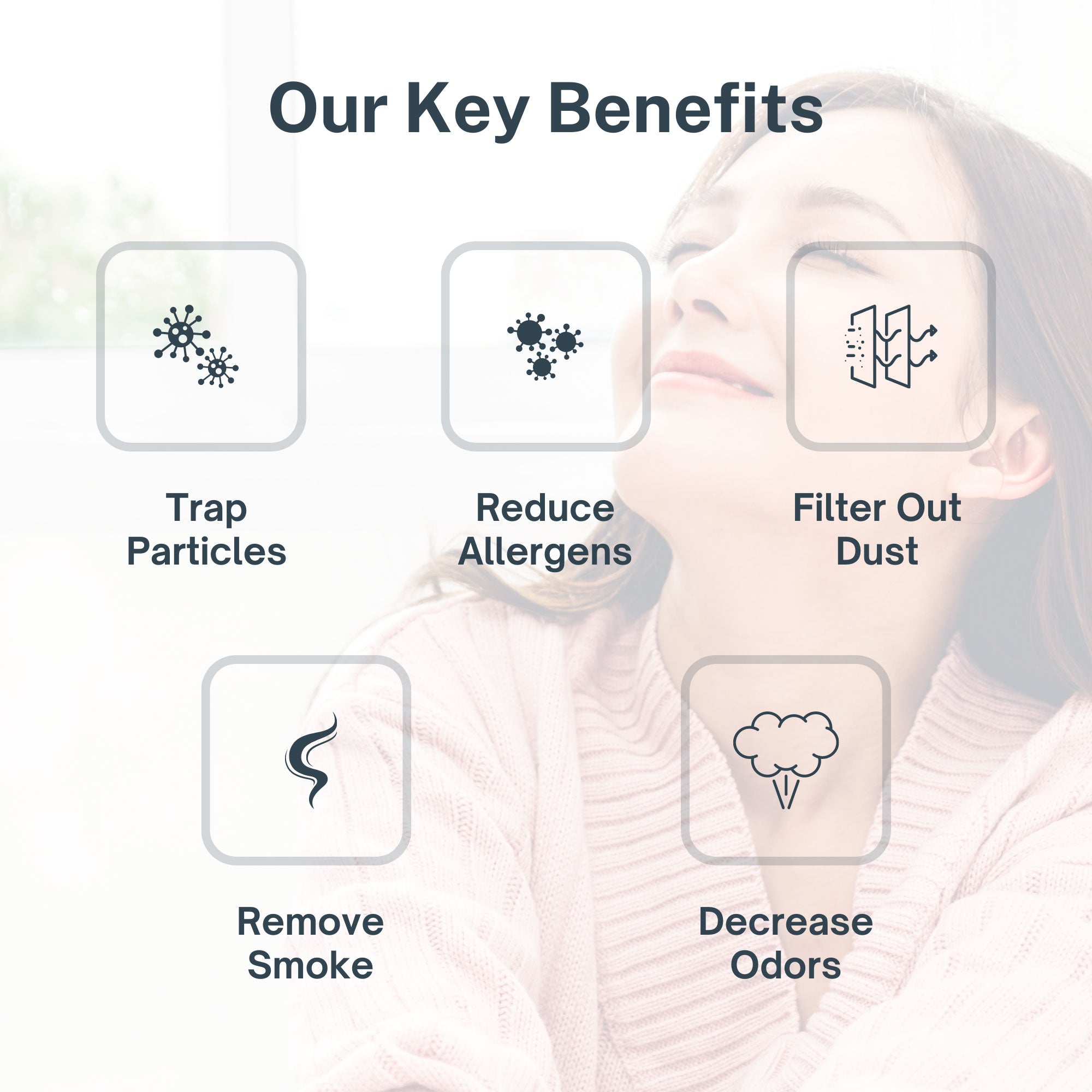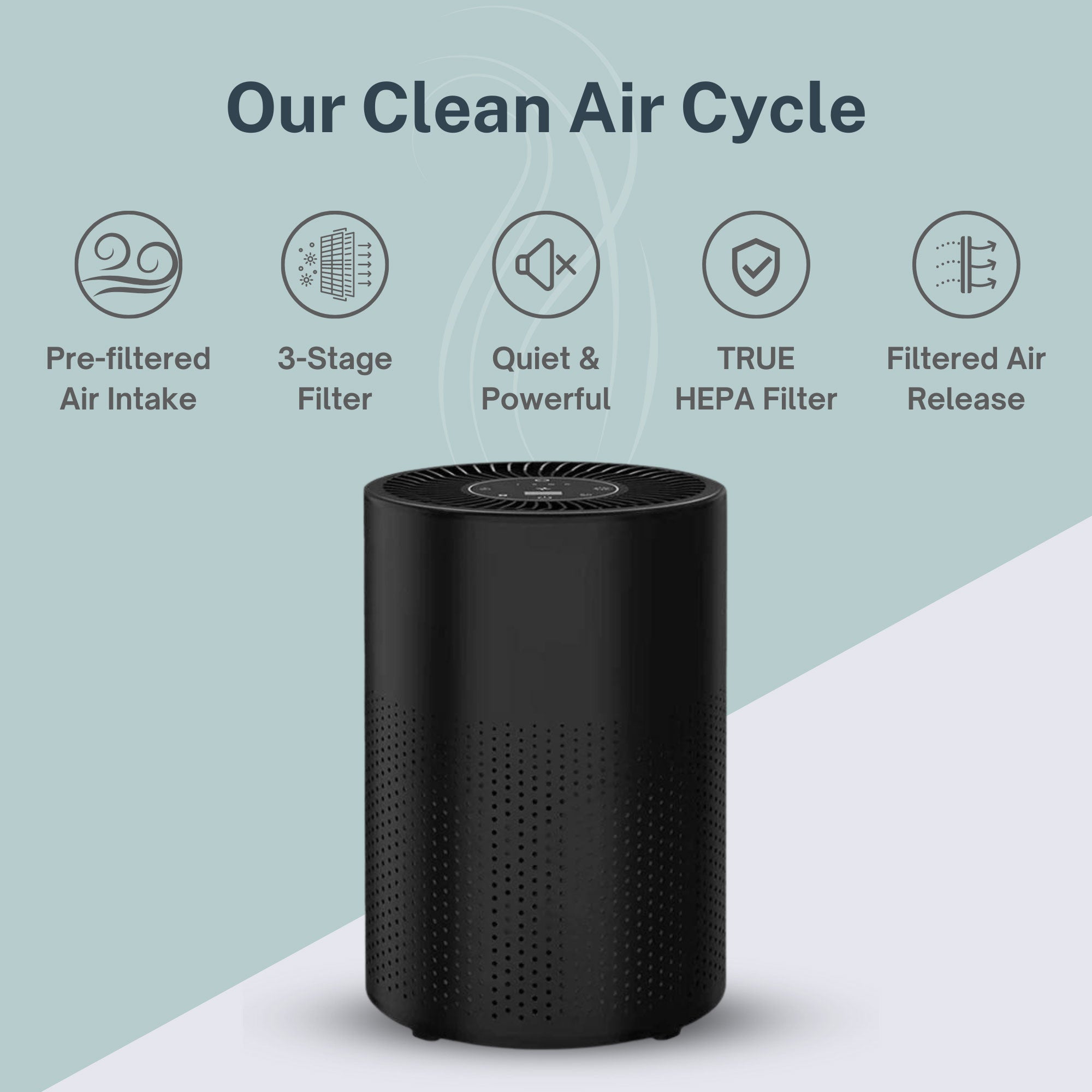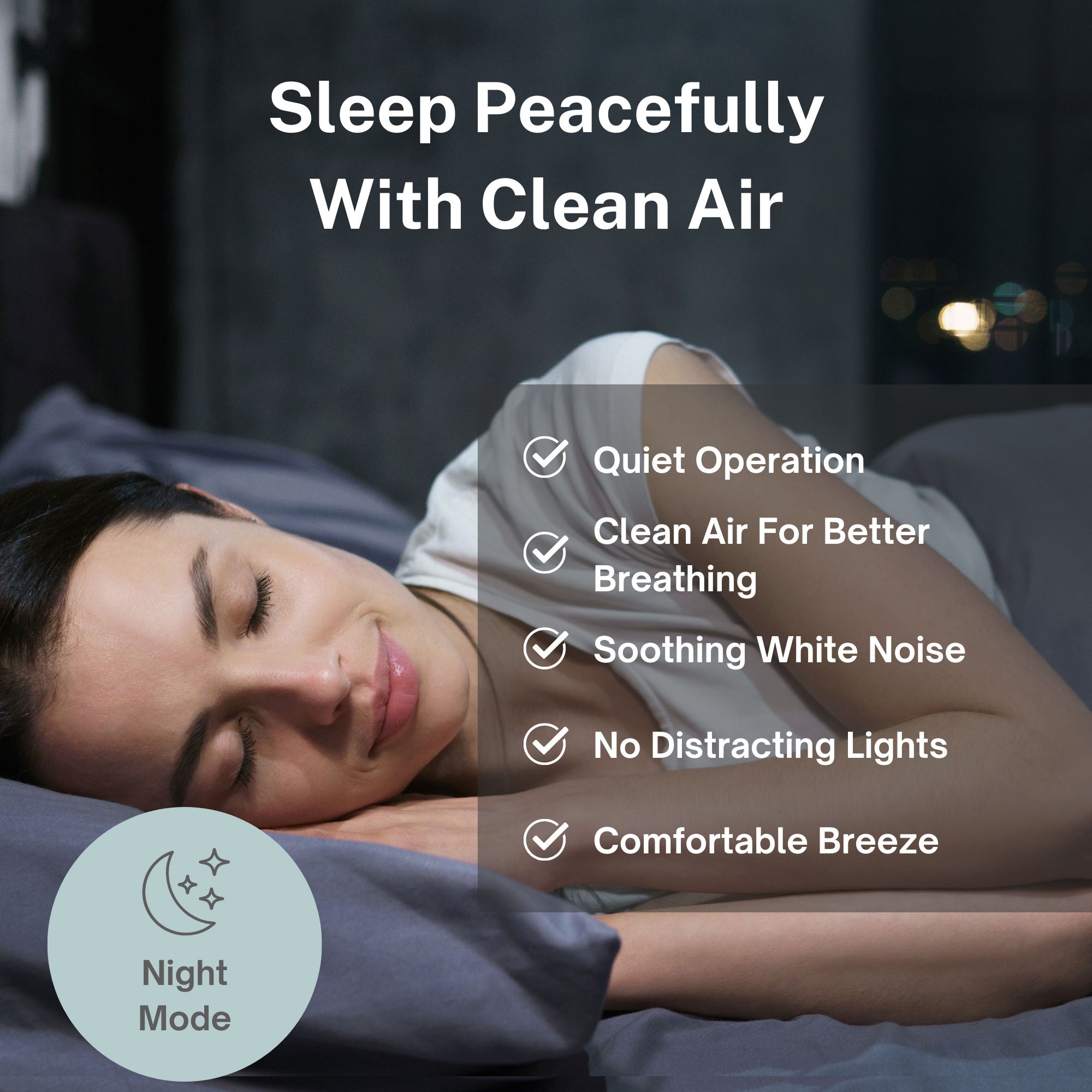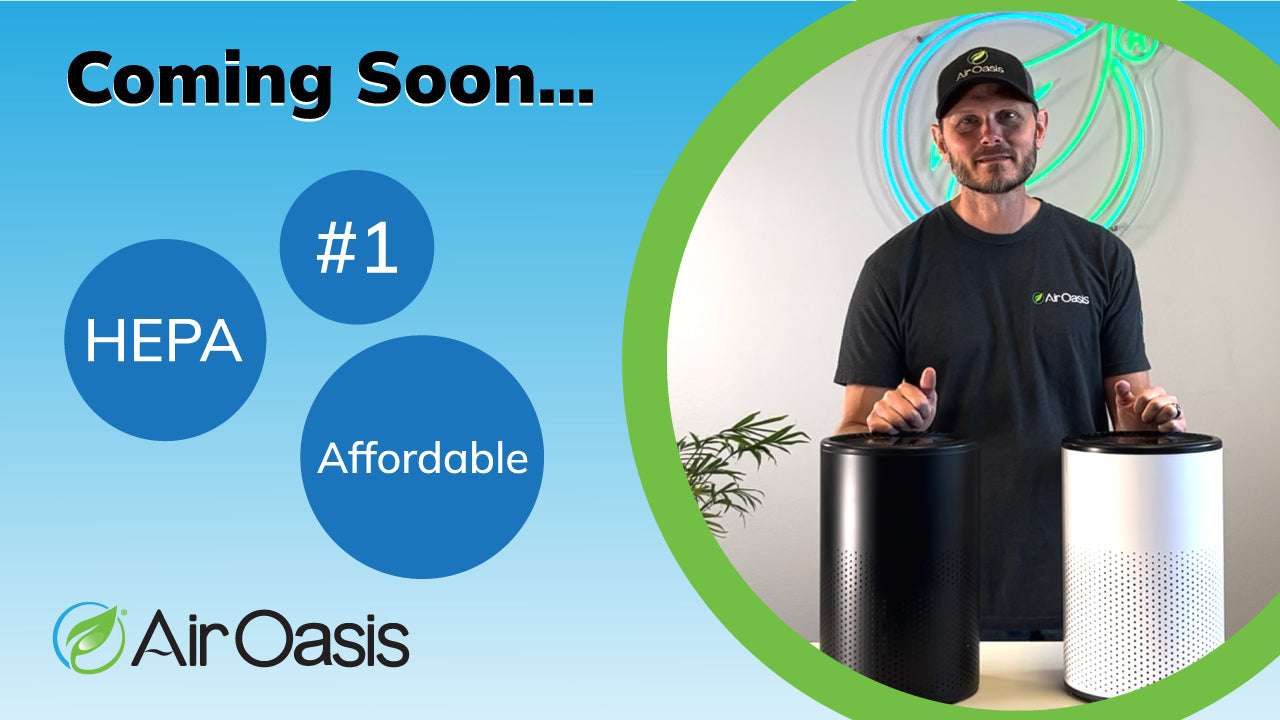Do you wake up with heavy eyelids, a stuffy nose and general malaise? Does it seem like you’re always sneezing, feeling itchy and having to drag yourself out of bed? There’s a good chance that the misery you’re experiencing is indoor allergies, a condition affecting over five million children and 19 million adults in the U.S. each year.
Even though allergies can feel like having the flu, allergy sufferers aren’t infected with a pathogen. Instead, they’re feeling the effects of their own immune system overreacting to the presence of an allergen. Allergies and several other conditions, including asthma, are caused by a person’s immune system labeling an invader as a threat and waging a full-scale response.
How do you fight a sickness that’s being triggered by your own body? The most obvious solution is to remove the “threat,” or in this case, the allergen, from your environment. As allergens are tiny airborne particles found ubiquitously in nature and homes, this is easier said than done. However, it’s easy to drastically reduce the concentration of airborne allergens by running an air purifier for allergies. Keep reading to learn how.
Feeling downright miserable? Air Oasis can help. Our superior air purifiers are designed to remove or destroy even the tiniest contaminants, from mold spores and pollen to pet dander and dust mites. Questions? Call us at (806) 373-7788.
Airborne Allergens
An allergen is any substance that can cause an allergic reaction. When some people come into contact with allergens, their immune systems label them as dangerous and create antibodies to defend against the intruders. This response causes an allergic reaction, a condition we generally call “having allergies.”
People can be exposed to allergens in a variety of ways, including through their mouths, noses, eyes, skin and lungs. Although the effects differ, the same underlying mechanisms dictate an allergic response, regardless of the point of entry. Allergens that are small enough to become airborne present a particular threat to people who have asthma.
Common Allergens
A handful of allergens cause the majority of indoor allergies. These irritants include dust, pollen from trees, grasses and weeds, dust mites, cockroaches, smoke, pet dander and mold. Each of these allergens can become airborne and be inhaled by people occupying an indoor space with them.
Allergic Reactions
Although some reactions are mild, other allergic reactions, especially in those with asthma, can be severe. Reactions typically occur in the area of the body that comes into direct contact with the allergen, so symptoms vary by location. Indoor allergies can cause the following symptoms:
- Runny nose
- Watery eyes
- Sneezing and coughing
- Breathing problems
- Itchy skin, rashes
- Swollen mucous membranes
- Wheezing and asthma attacks
Although some allergy sufferers experience these symptoms year-round, others only experience them at certain times of the year. This is generally the case for people who have seasonal allergies to specific types of pollen and other plant byproducts.
Controlling Indoor Allergens
The best way to control indoor allergens is to improve indoor air quality. It’s important to understand that just because the air looks and smells clean doesn’t mean it actually is, even though fresh-smelling air can indicate an absence of certain contaminants like volatile organic compounds (VOCs). The reality is that everyone’s air is full of microscopic particles, some of which are dangerous to health.
When you want indoor allergy relief, you need to be proactive. If your home is a place you experience allergy symptoms, try taking the following steps:
- Commit to a cleaning routine that involves vacuuming and dusting
- Keep doors and windows closed during peak allergy season
- Ensure proper ventilation to remove contaminants that may have collected
- Prevent pet dander by cleaning pets and their items regularly and keeping them out of the bedroom and off of furniture
- Control pests like cockroaches
- Check for mold in moist places in your home and pursue remediation if necessary
- Run a high-quality air purifier
In addition to these steps, people with severe indoor allergies often choose pharmaceutical interventions. Although medications are useful for finding immediate relief, a long-term plan should include measures to remove allergens from an indoor environment.
Benefits of Air Purifiers for Allergies
Cleaning the objects in your home isn’t enough to stop your allergy symptoms if your home has poor indoor air quality. The best way to remedy this situation is by running an air purifier that is designed to handle tiny particles like allergens. Although many purification technologies can address airborne allergens, a few types are particularly effective.
HEPA Filters for Allergies
Most air purifiers utilize some sort of filtration system to trap larger airborne contaminants. However, not all air filters are equally effective, especially cheaply made filters that are too porous. If you’re looking for an air purifier that primarily uses filtration, you need to find one that utilizes high efficiency particulate air (HEPA) filters.
Originally developed by the U.S. government during the 1940s Manhattan Project, HEPA is the gold standard of air filters. This type of filter should be able to remove 99.97% of dust, pollen, mold, bacteria and other airborne particles that are at least 0.1 microns in size. Here’s the average size of some of the top indoor allergens:
- Dust particles: between one and 100 microns in diameter
- Mold spores: between four and 20 microns in diameter
- Pollen grains: between 10 and 70 microns in diameter
- Cat dander: between two and 10 microns in diameter
Functioning at high capacity, a HEPA filter should be able to capture many of the contaminants that plague indoor air. However, these air filters are even more effective when leveraged with other purification technologies.
Effect of Ionizer on Airborne Allergens
Ionizers, which are also called ionic air purifiers, take a completely different approach to cleaning the air. Instead of trapping airborne allergens in a mesh filter, these purifiers work by emitting ions that interact with and deactivate contaminants in the air, causing them to grow heavy and fall to the ground.
Air ionization is one of the most sophisticated methods for reducing allergens and mold, as well as other pollutants like VOCs, viruses, bacteria, smoke, odors and more. However, not all ionizers perform at the same level. The best ionizer for allergies will produce an adequate amount of negative ions without excessive ozone.
Best Air Purifier for Indoor Allergies
Studies show that both ionization and HEPA filtration are extremely effective against airborne allergens. Unsure where you can find these technologies together in one air purifier? Look no further than Air Oasis. Our top-of-the-line air purifiers combine the power of multiple technologies so that you can breathe the cleanest air possible.
Visit us online today to find allergy relief for the whole family, or give us a call at (806) 373-7788 to discuss your options.

